There are a lot of things to think about when you’re flying backwards off a race track at over 100mph. Where’s the car going to go, what’s it going to hit and is it going to hurt are just three.
For me, however, far more difficult than any of that was what I was going to say to my co-drivers, the team of Aston Martin’s own Special Projects vehicle engineers and all the support staff who’d given up their weekends at home for two days without sleep at a cold, blustery and often extraordinarily wet Silverstone. Sixteen hours into a 24-hour race, I was about to ruin it for all of them.
Ostensibly, we were there as part of on-the-job training for Aston Martin’s new boss, Andy Palmer. An engineer who started his career designing gearboxes for Rover before rising to become responsible for the global output of Nissan, he wanted to ensure that when he spoke about racing being part of Aston Martin, he’d know what he was talking about.
Another CEO might just have visited the team and a few events, but Palmer practises what he preaches. So despite having completed only enough races to lose his rookie sticker, and none in anything remotely as powerful as a 430bhp Aston Martin Vantage GT4, he duly reported to Silverstone for what would turn out to be 24 fairly extraordinary hours of racing.
With him was his creative director, Marek Reichman, who has done a fair bit of Aston racing between Aston designing, and Alice Powell, the current Asian Formula Renault champion, the only woman to have scored points in GP3 and a multiple winner in Formula 3. And me, the bloke there to tell the tale and, as the only one to have done long-distance racing, not crash the car.
In testing, Alice was quickest, with Andy slowest. Alice then qualified the car 18th out of 30 on the grid behind two other Astons whose times not even Alice in max attack mode on fresh slicks and a thimbleful of fuel could get near.
Then again, James (all factory Aston race cars have a name) is an old soldier – a 2007 chassis brought up to date but kept with standard bodywork and its 4.7-litre V8 in street specification. And I’ve done this race enough times to know to wait for it to come to you; there is always attrition through accident and unreliability and if you can weave your way past that twin-headed monster, a decent result awaits.
The idea was that Alice would start the race at 4pm on Saturday, cycling through Marek and me so that when Andy got in the car, he’d drive into the dusk, thereby ensuring a progressive introduction to night racing for our least experienced driver.
Except it didn’t happen that way. Alice went fast, as did Marek until the tyres started to wilt, which meant that I got fresh slicks and one of the happiest hours I can remember in a racing car. Driving as much for economy as lap time – lifting between gearchanges and short-shifting – I could barely believe the times James was doing.
Then Andy got in, a driver unrecognisable from the one seen testing two days earlier. He was quick from the out and just got quicker; soon he was right on the pace of his team-mates.
But darkness and the weather arrived arm in arm, rain of a kind I’ve not seen at a British track. As Andy slithered to a halt for wet tyres and hopped out, our professional driver was ready to take over.
But when Alice started for the driver’s door as soon as the fuel was in, Andy quietly said, “No, I’ll do this”, walked back to James and headed into the flooded blackness, in conditions as bad as any in which I’ve seen cars race.
It was a night none of us will forget. At times, you’d be doing 140mph literally blind, into the wall of water thrown up by the car in front. Accidents were legion, and when the safety car was out, a seven-minute lap (a 30mph average) was the fastest that could be safely done.
I got in at 1.30am and fell out at 4am, two and a half hours of running from a tank that did little more than an hour in the dry. Marek reported turning in to corners from memory and even Alice said it was an experience unlike any other in her racing career.
For me, it was the toughest stint in the worst conditions I have done, and far more frightening than my high-speed excursion a few hours later. As soon as I’d worked out that I hadn’t hit anything, I was scared only by not knowing the cause, the answer to which was provided on the very next lap by oil flags at precisely the place where I fell off.The rest of the race passed without incident as we climbed the leader board to the end.
Twenty-four hours earlier, Marek and I had agreed we’d settle for any kind of finish, the top 10 being the dream that dared not speak its name. In fact, we came fifth, the last of three Astons in the top five, including the Beechdean car that won it, most notably driven by Jamie Chadwick, whose pace, calm and maturity belied her 16 years.
By contrast, we didn’t even make it to the podium of the class we were in, whereas in other categories drivers of cars that didn’t make the finish still got silverware.
Did it matter? It would have been a nice memento, but compared to the experience of sharing that car, watching the way the team worked tirelessly and seeing the relief, pride and genuine joy on the faces of all for a job well done, it could not have mattered less.
For me, it was the chance to call myself a factory Aston Martin racing driver, even if only for a weekend. Marek got back behind the wheel of a racing Aston and in a race of a kind he’d not done before, and for Alice it was another experience, another line on an increasingly impressive CV.
Andy got to see how his prototype engineers could transform themselves into an effective racing unit, while transforming himself from complete rookie to experienced all-weather pedaller in a single weekend.
For the team, there was proof, if ever it were needed, that their new boss is a proper person, prepared to do rather more than talk the talk. And then there was James, as quick on the last lap of the race as the first. It’s not true that he ran faultlessly throughout – just once, the engine died on Marek in the pit lane, only to spark back to life at the first press of the button – but I think we can forgive him one momentary lapse of reason.
That was the real result of this race: while all around cars stuttered and failed, three Aston Martins started the Silverstone 24 Hours and three finished in the top five, all but trouble-free from flag to flag.
With manufacturers including Porsche and Mercedes now actively pursuing GT4 programmes and with eligible once or twice-around-the-clock racing now also available in France, Germany, Italy, Spain, the Netherlands and Dubai, it was a powerful statement from a company that has sold more than 100 GT4 Vantages to date.
As for us, the three middle-aged amateurs and the one young hotshot, I’d like to say we all learned lots from each other and I’m sure we did. Most of all, however, we all had a blast, and that’s the way I will choose to remember it.
Video: Aston Martin Racing At Britcar 24 Hour Race Silverstone
Get the latest car news, reviews and galleries from Autocar direct to your inbox every week. Enter your email address below:


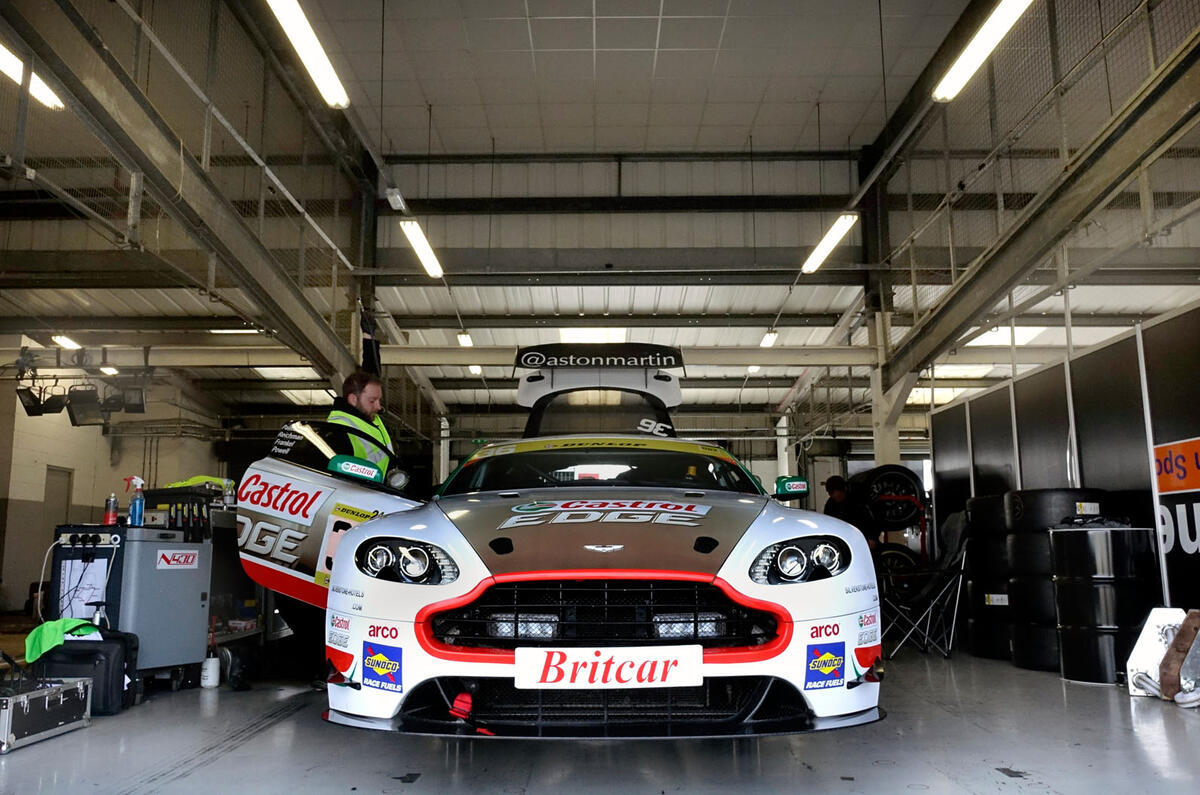
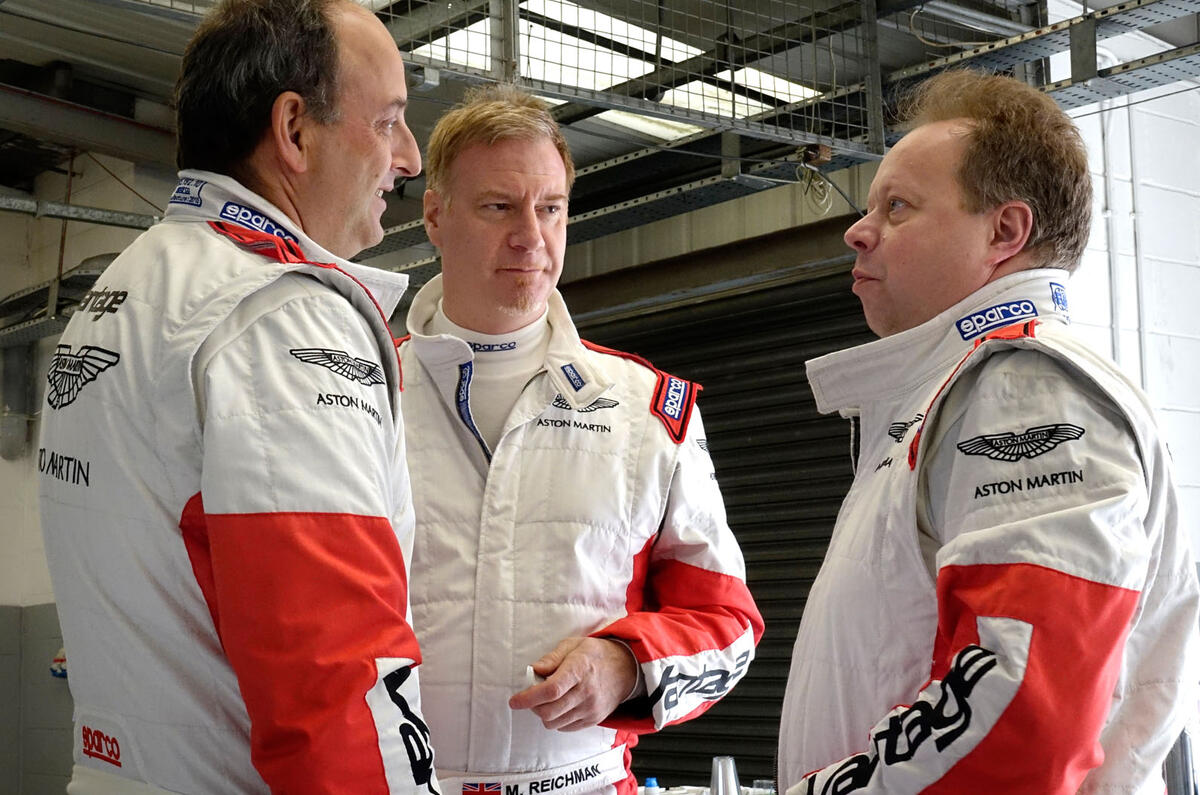
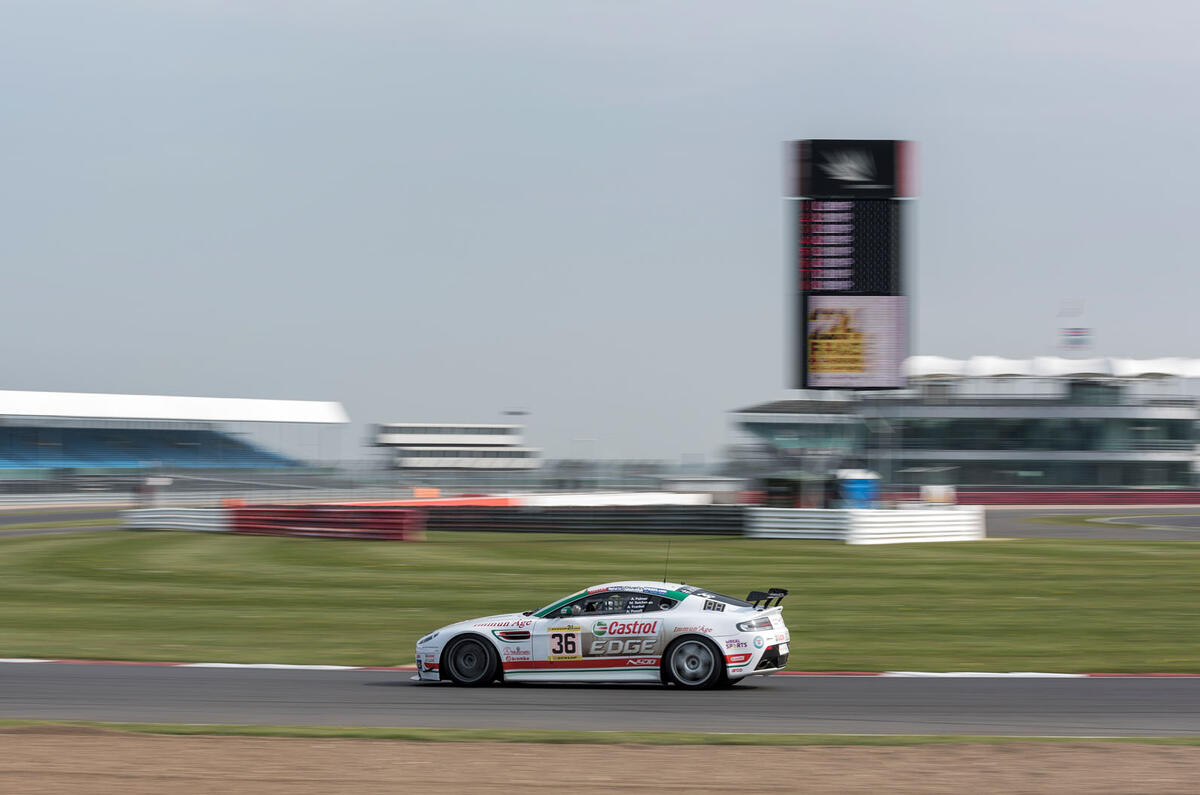
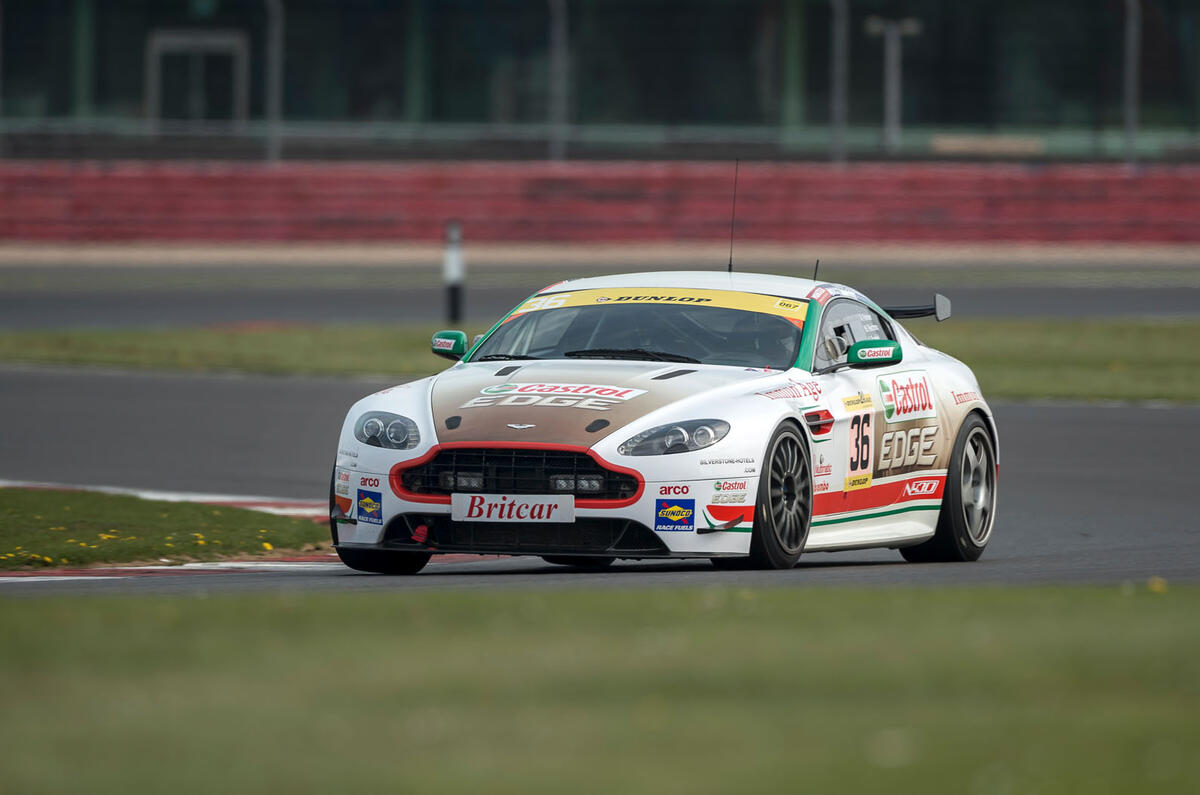

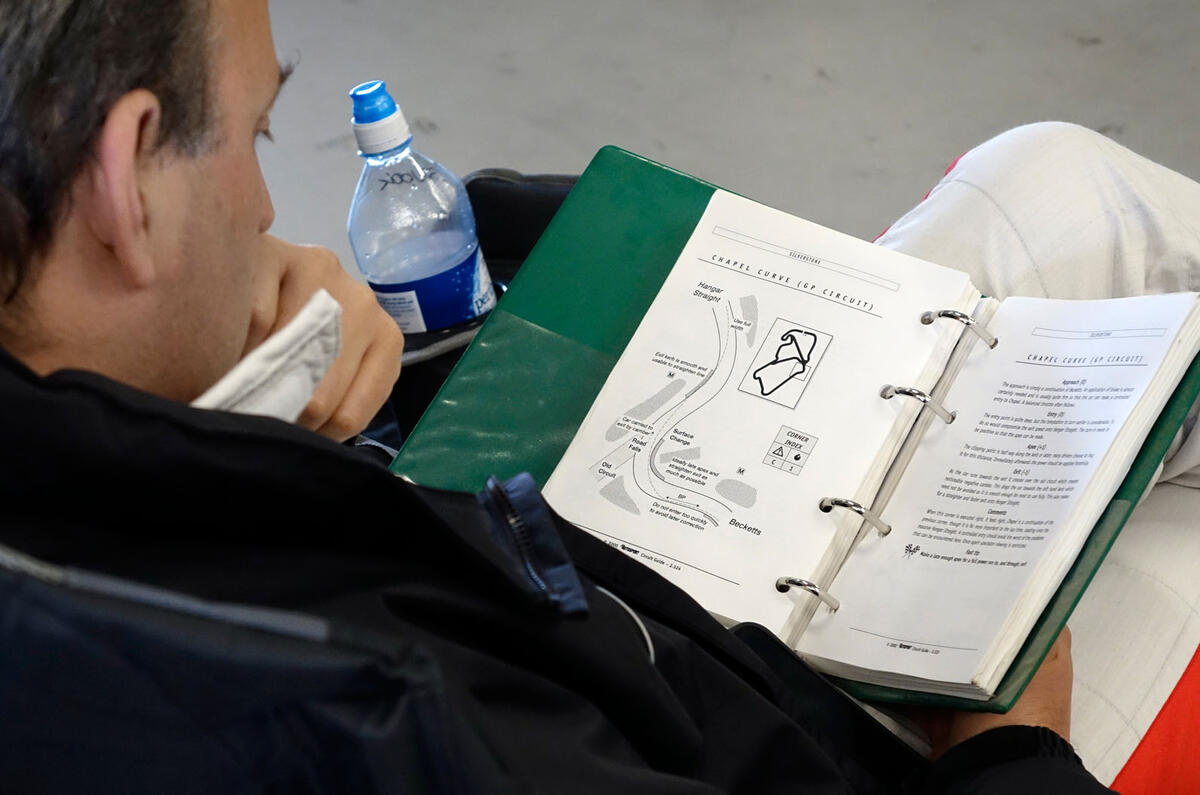
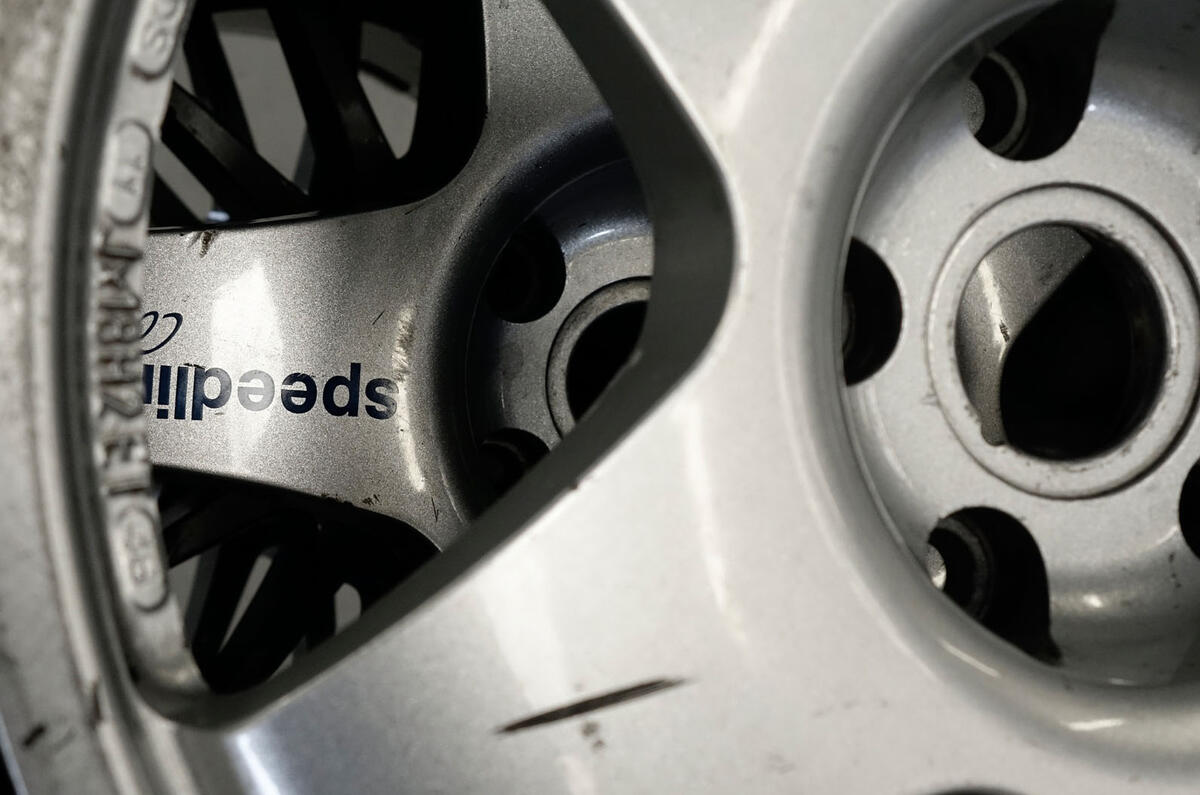
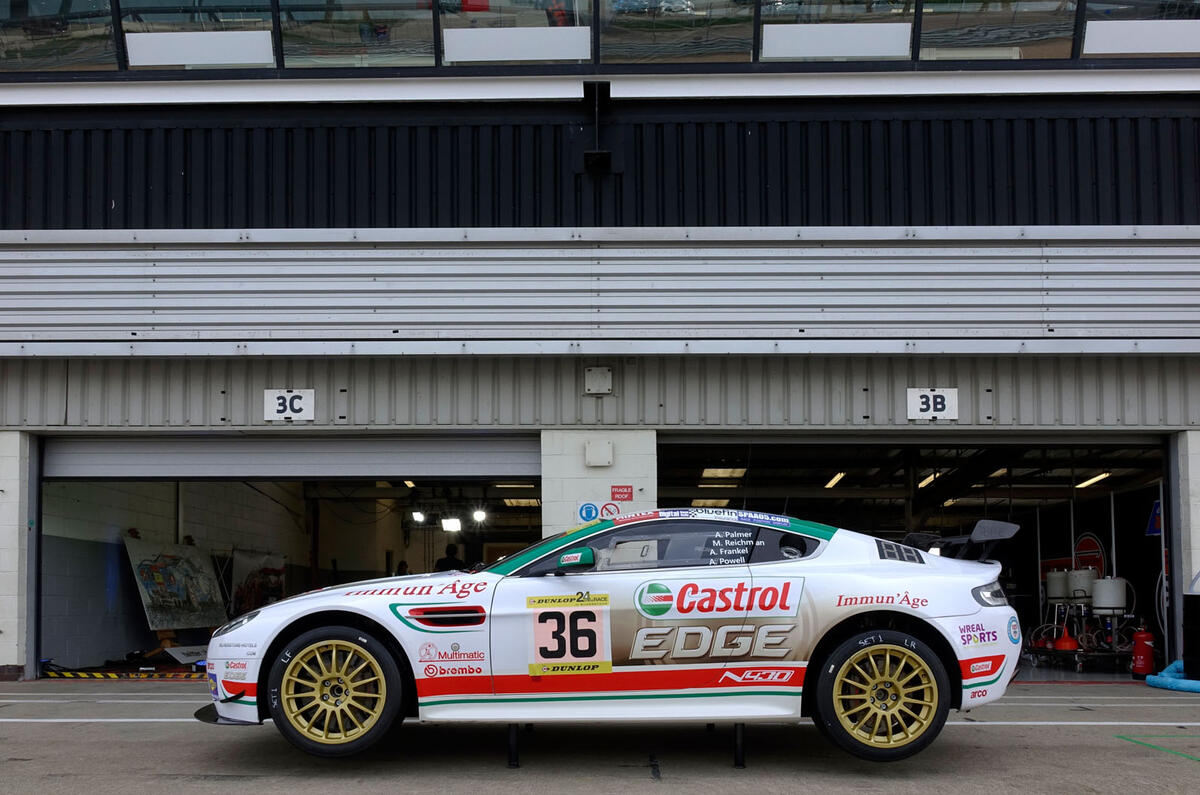
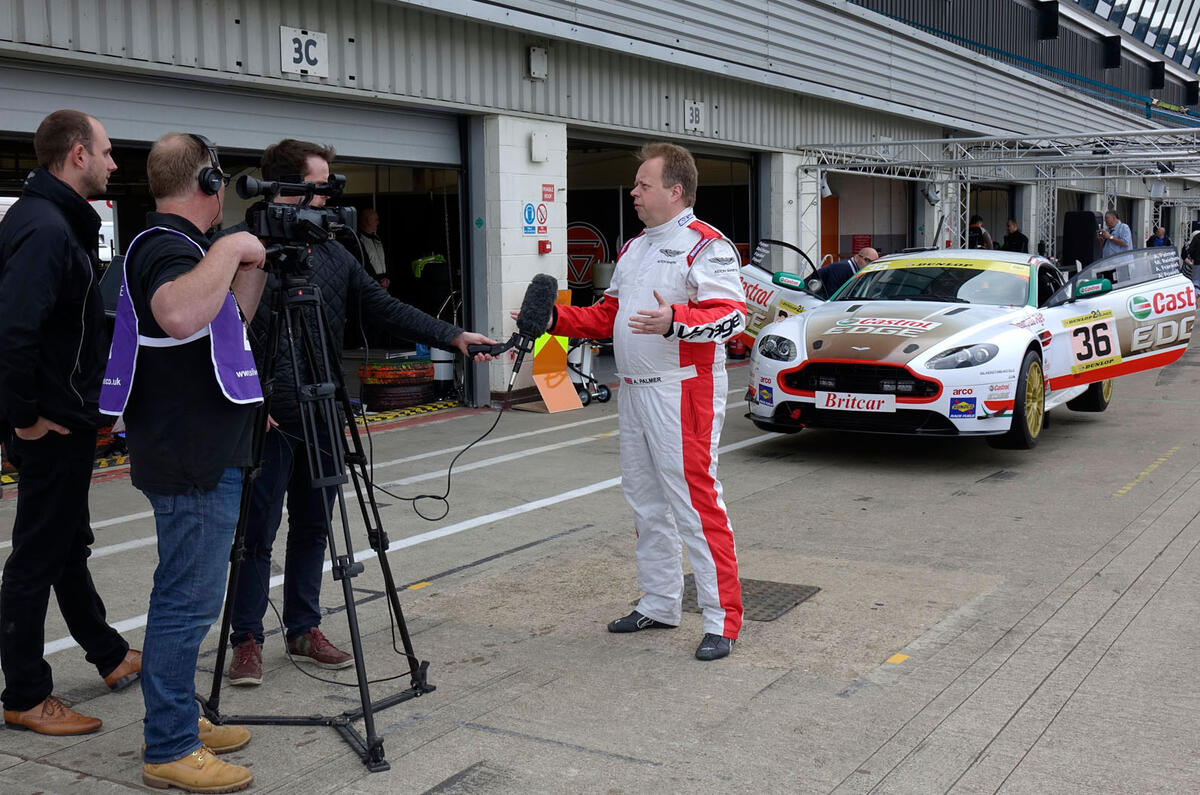
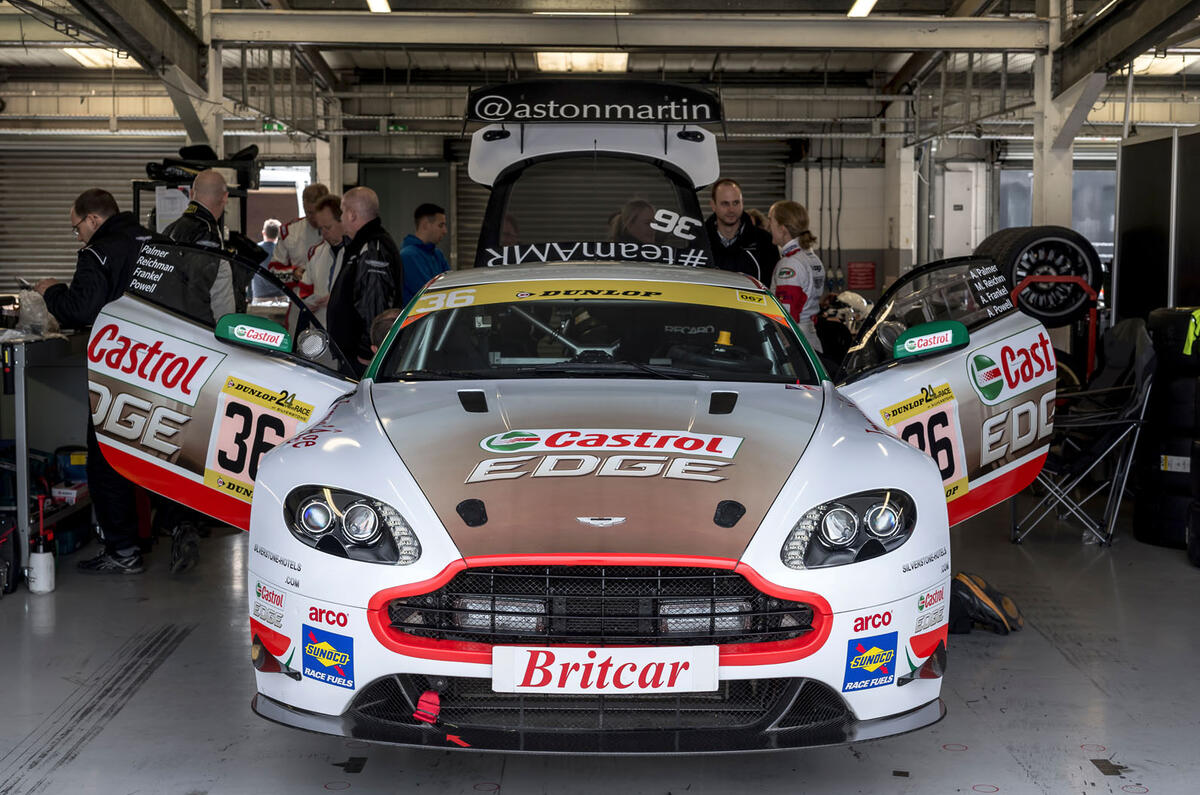
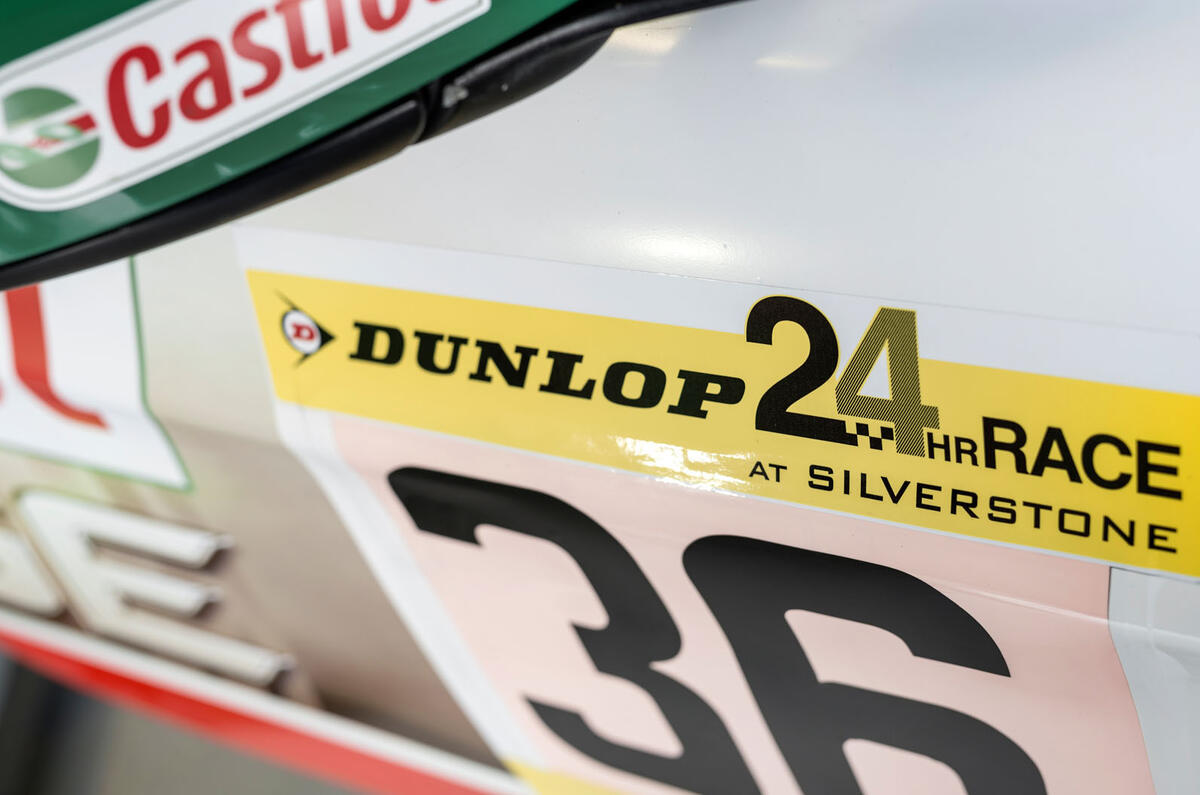
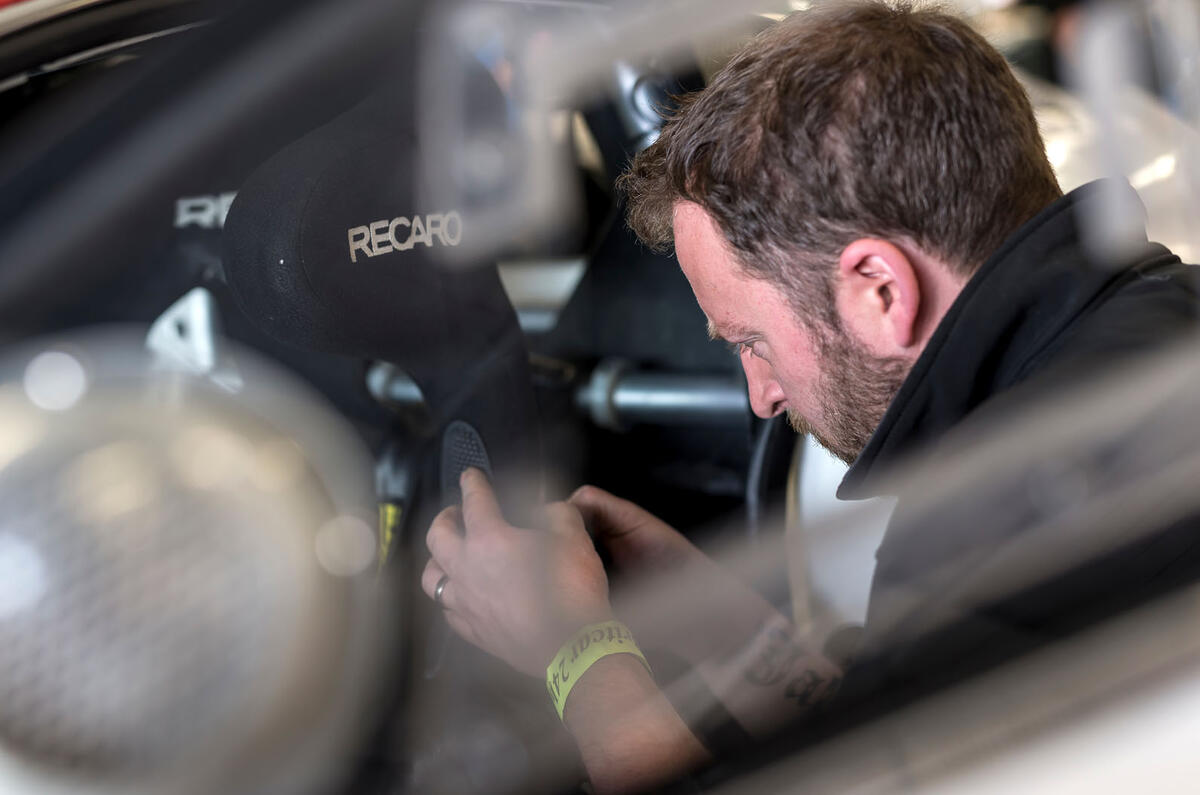
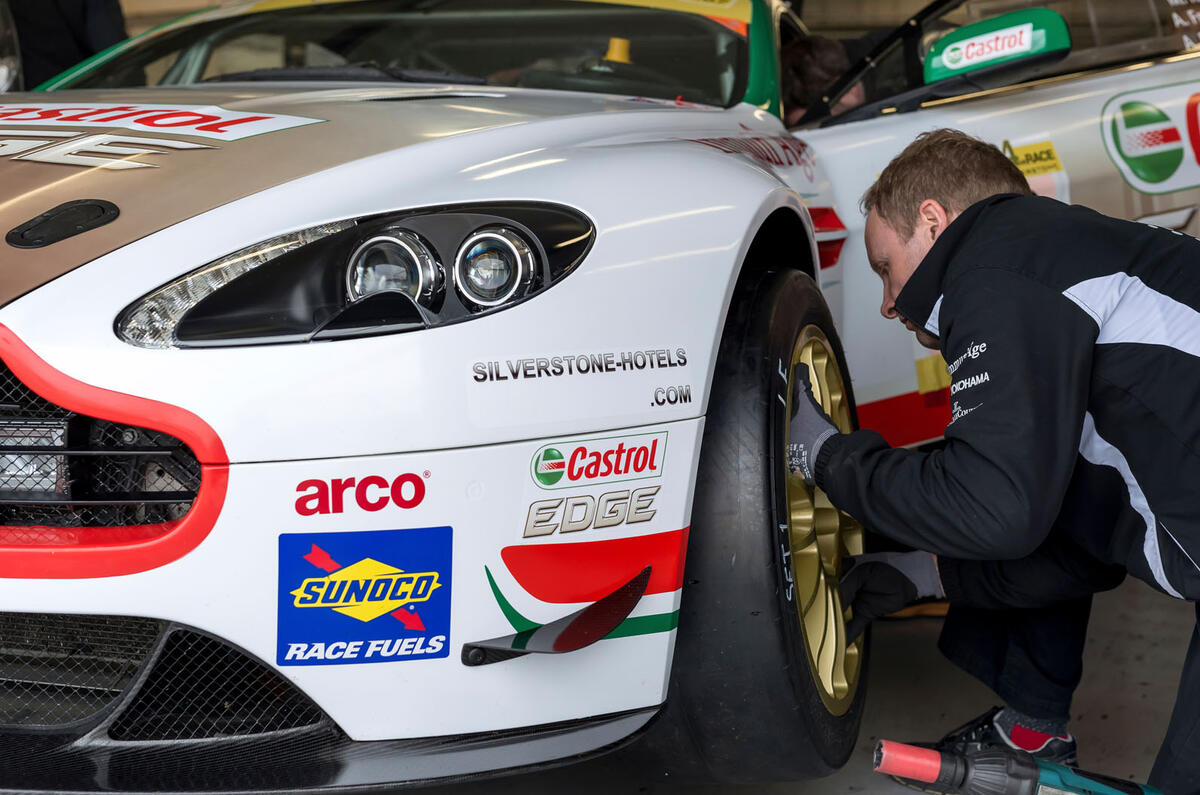

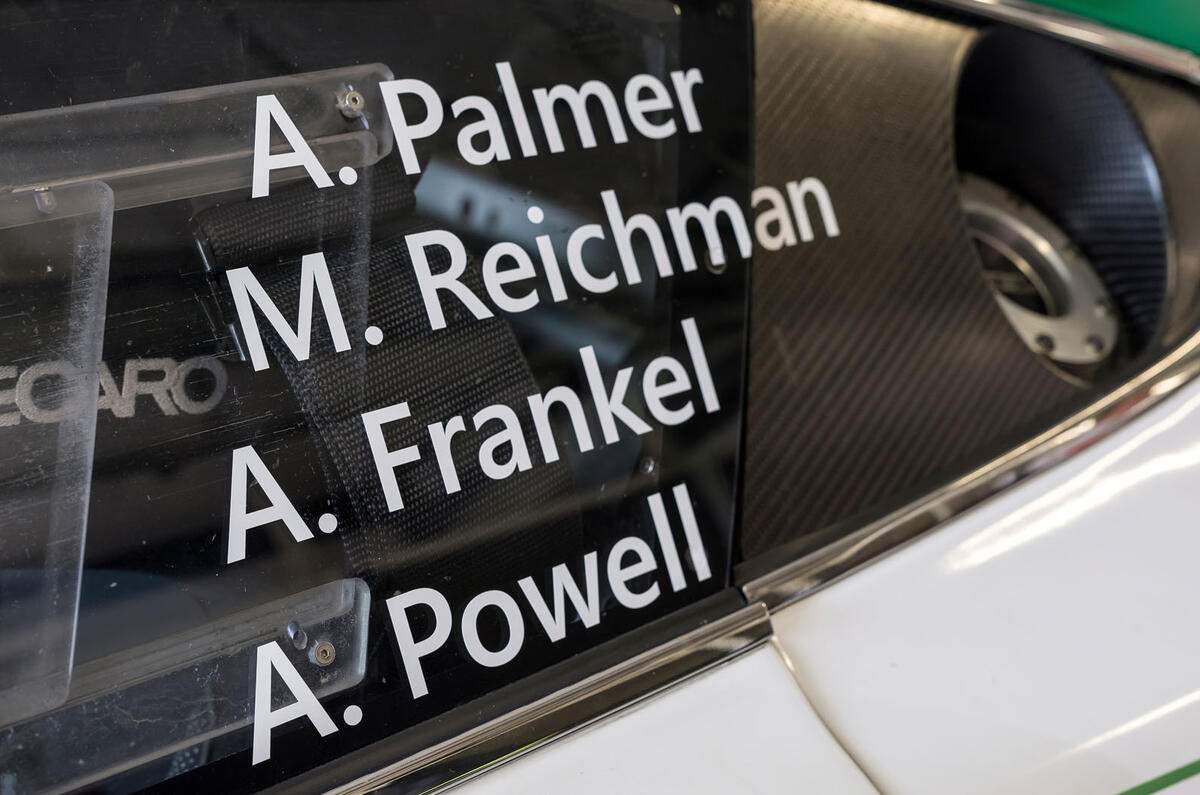
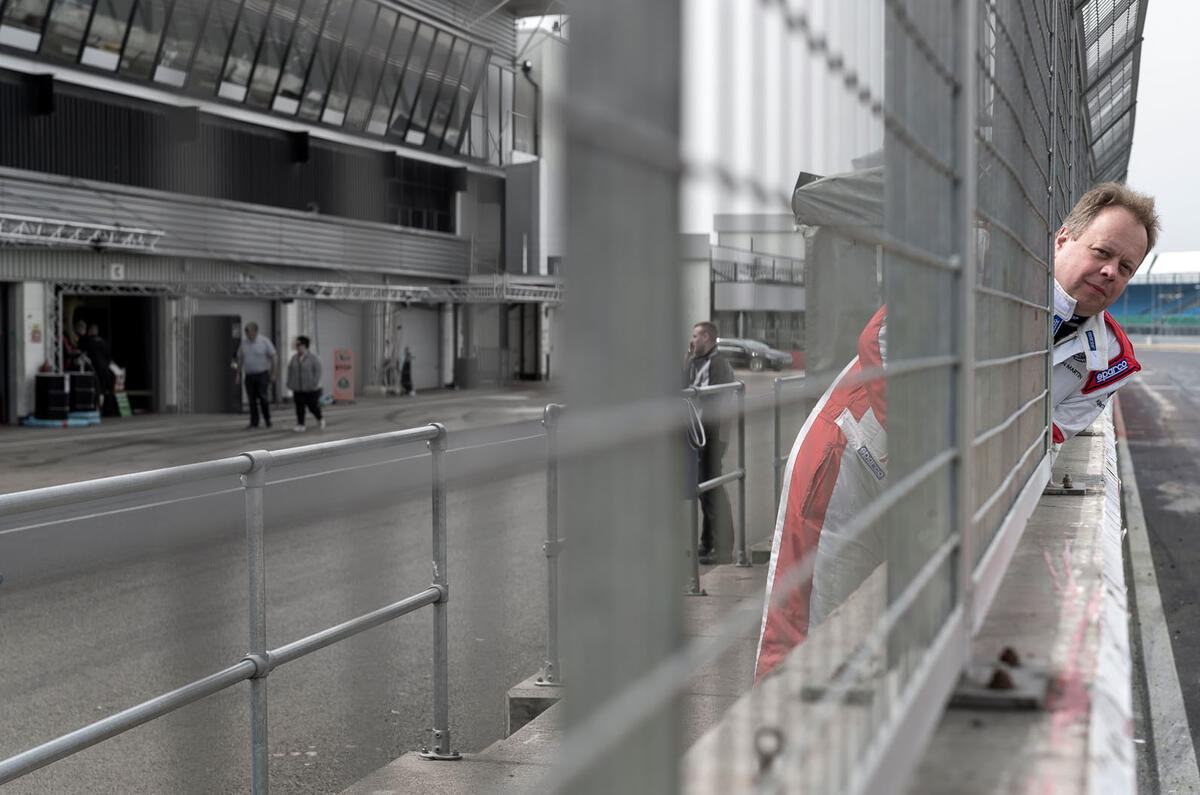

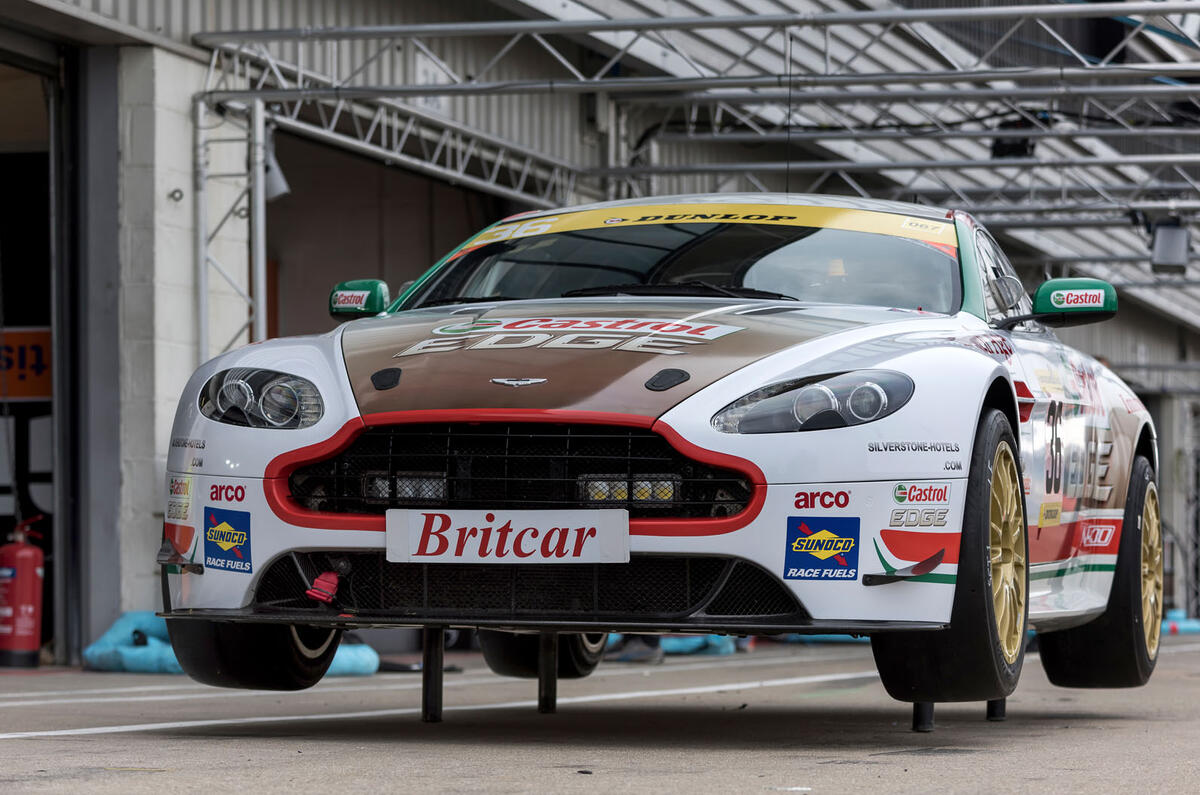
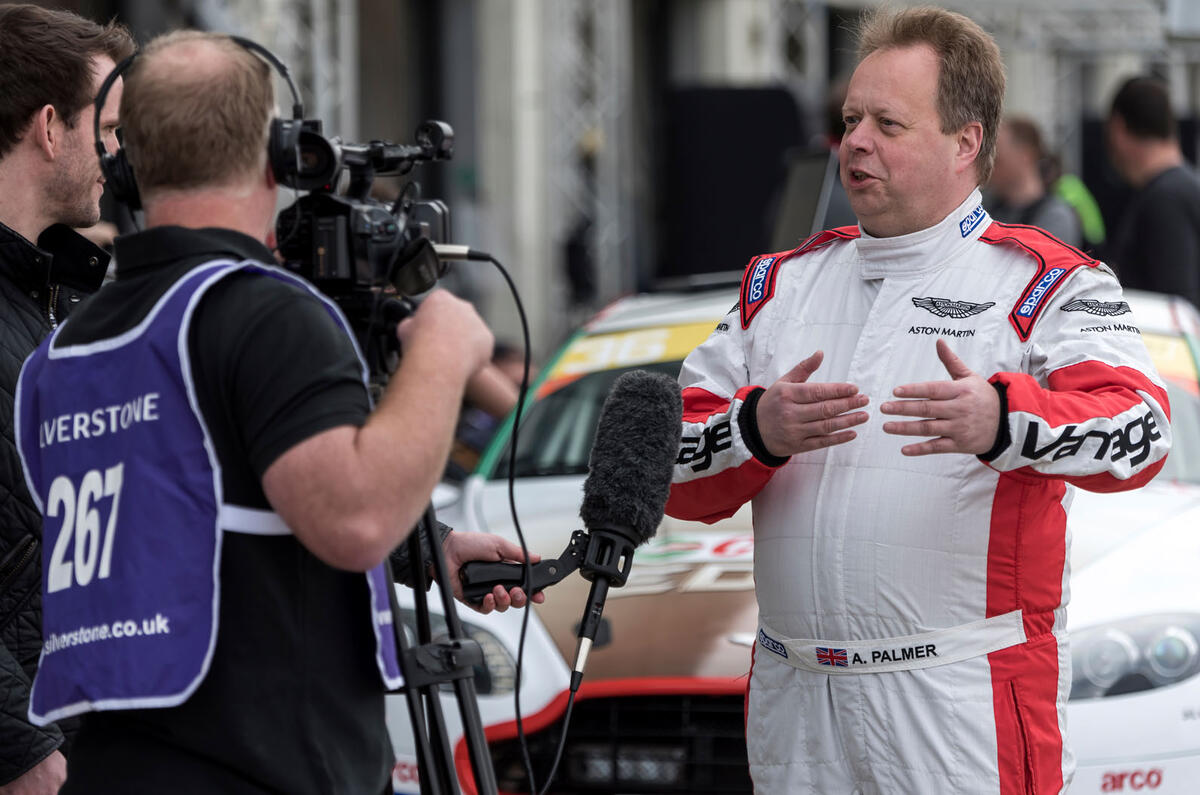
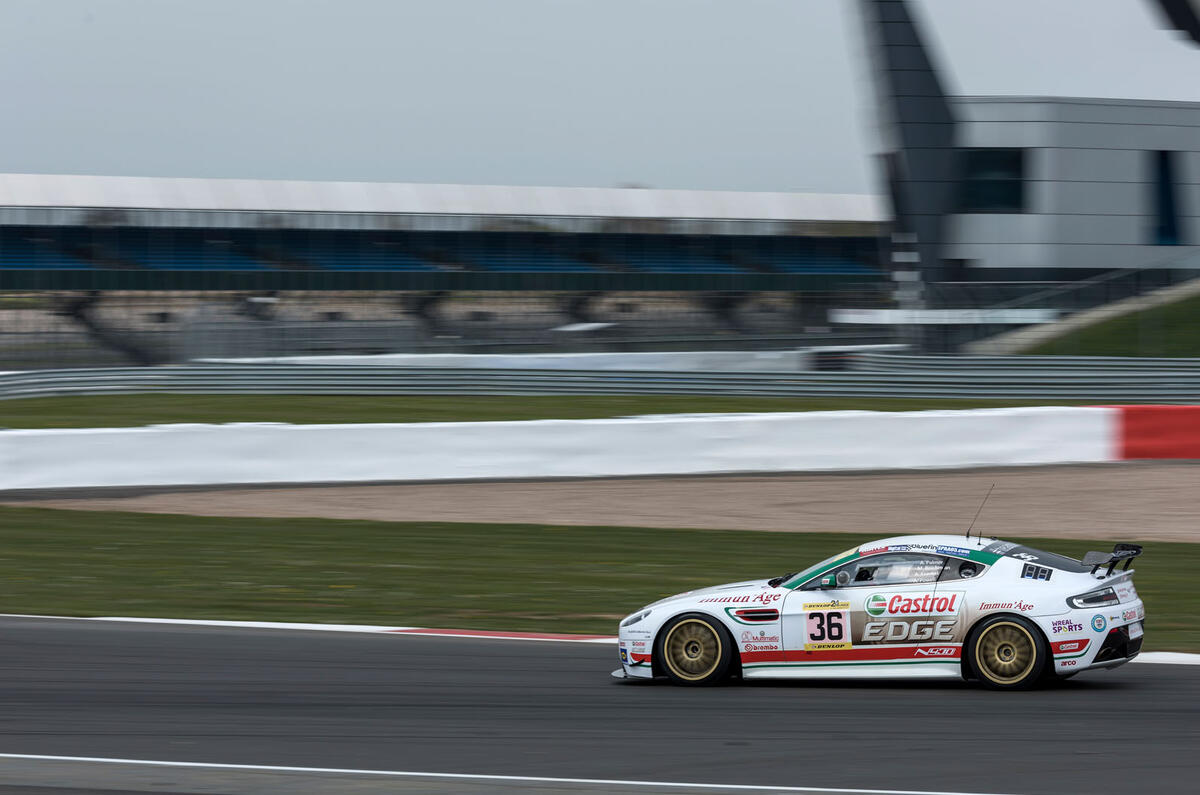
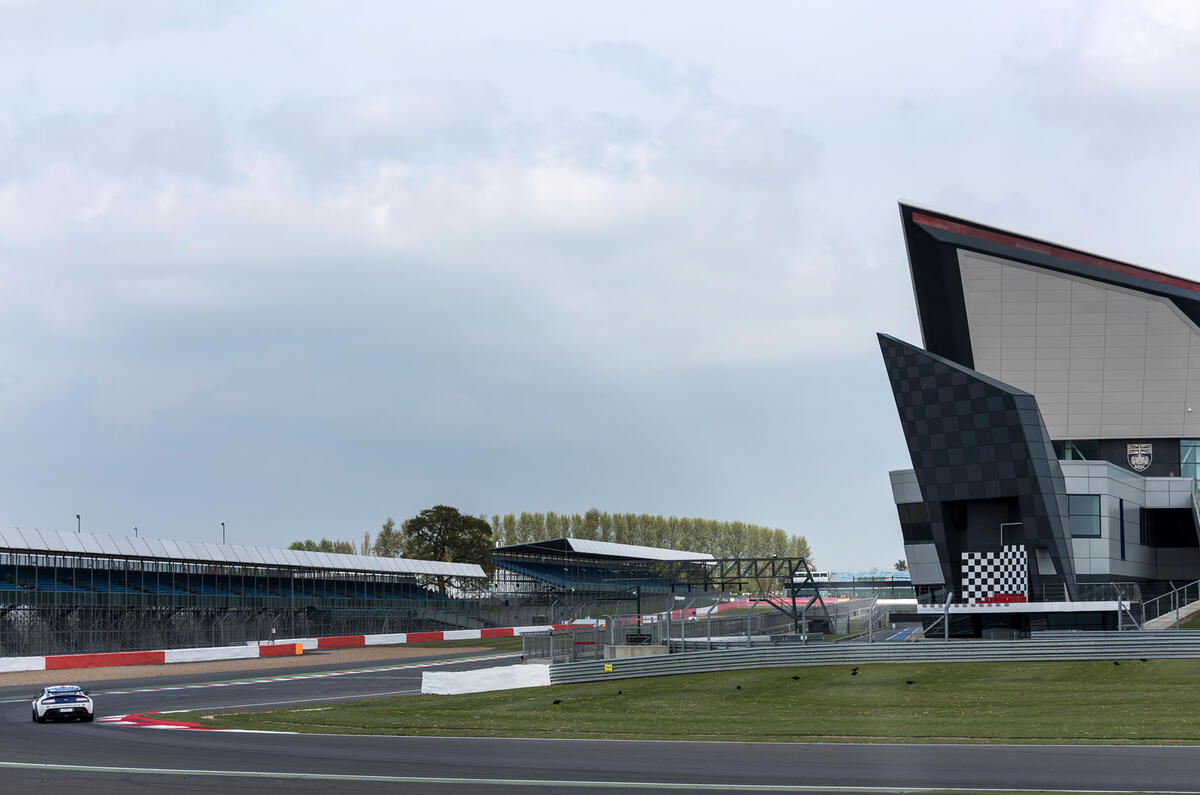
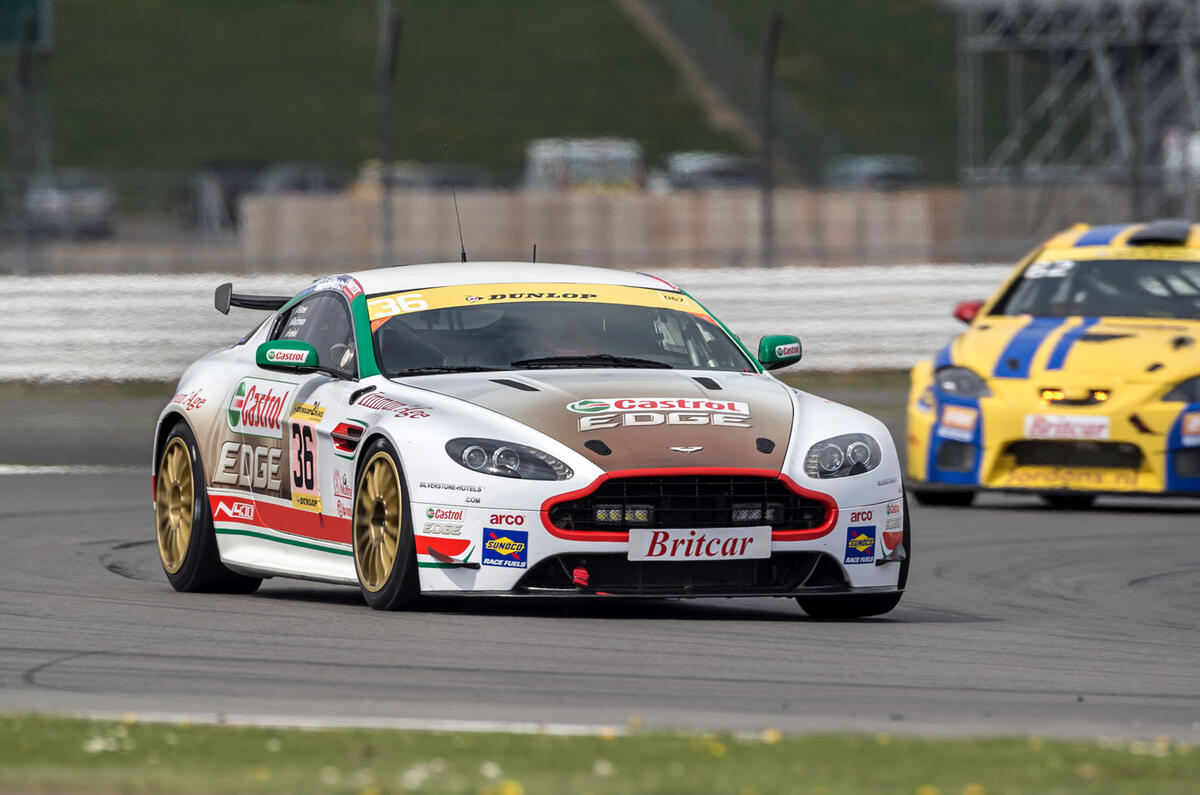
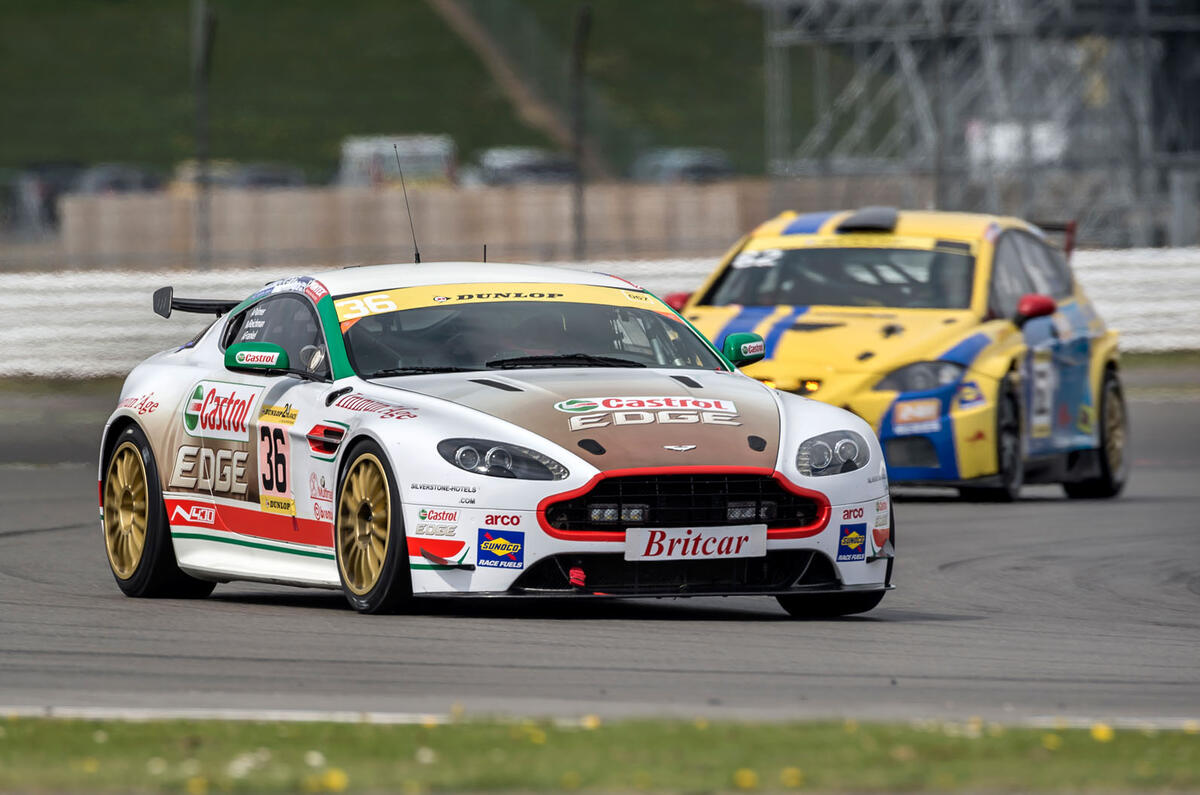
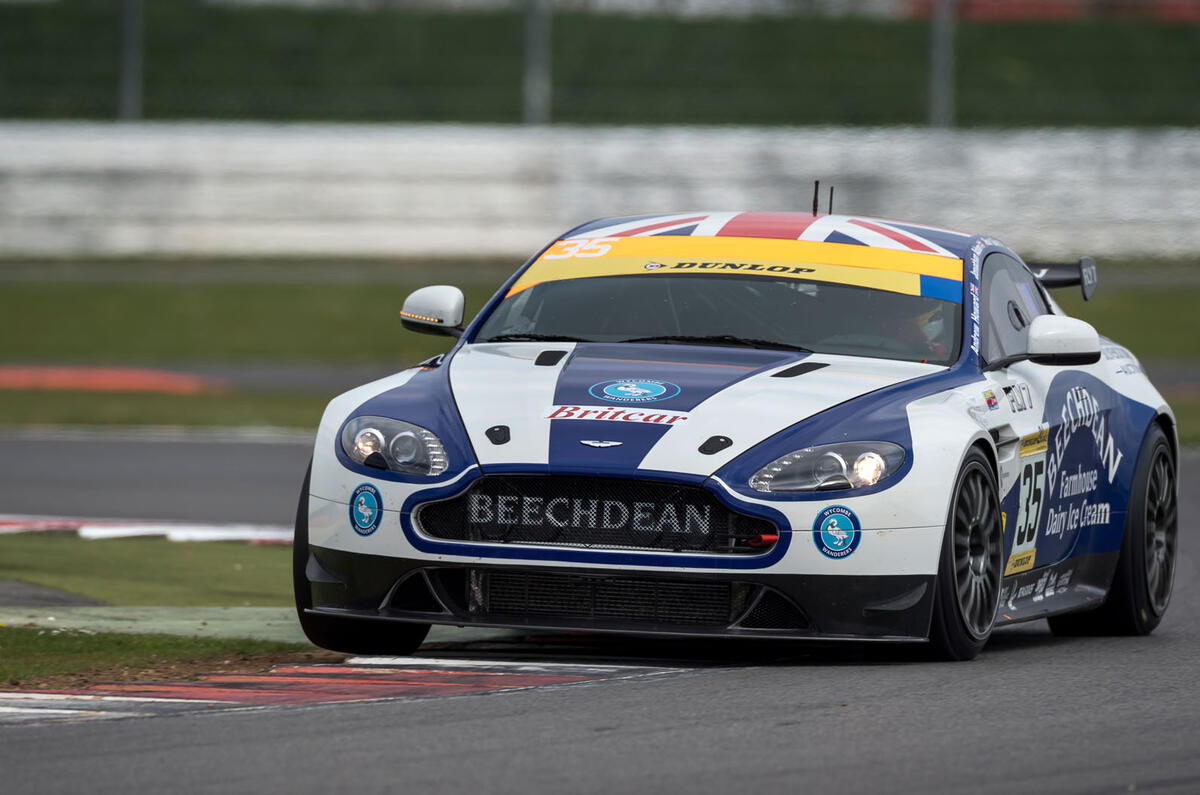
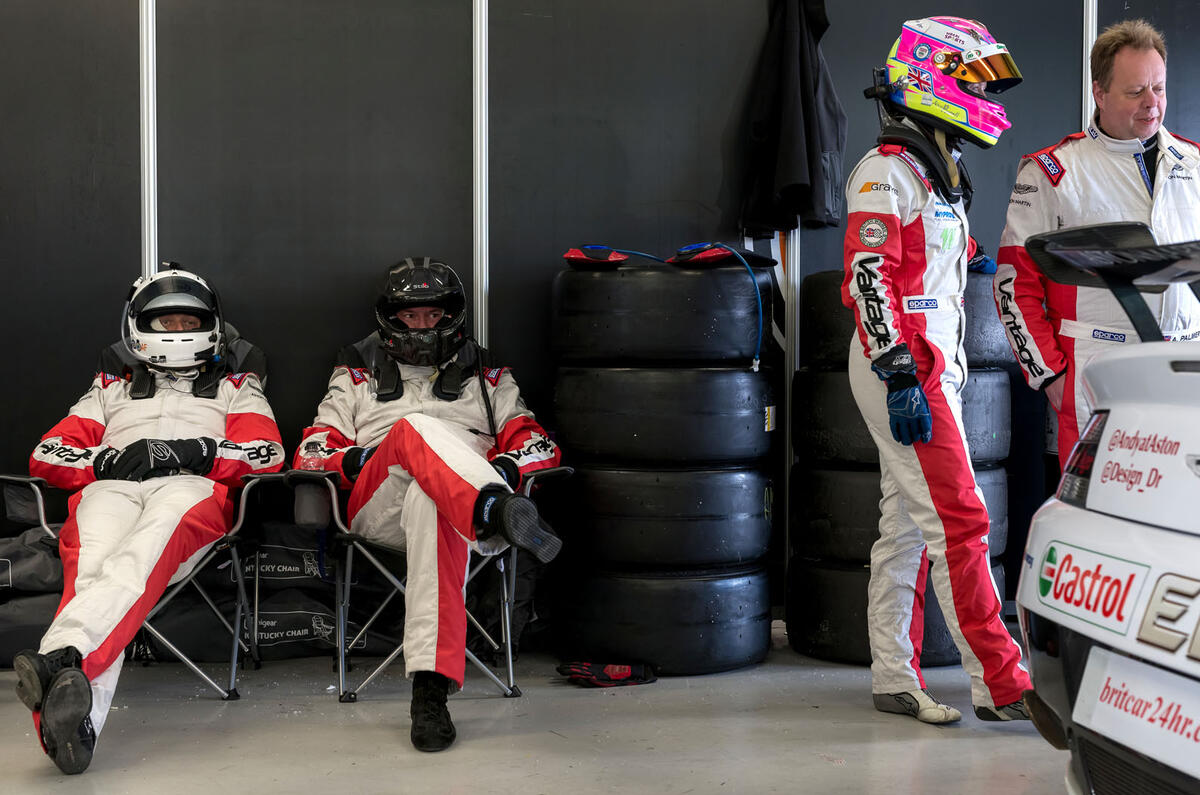
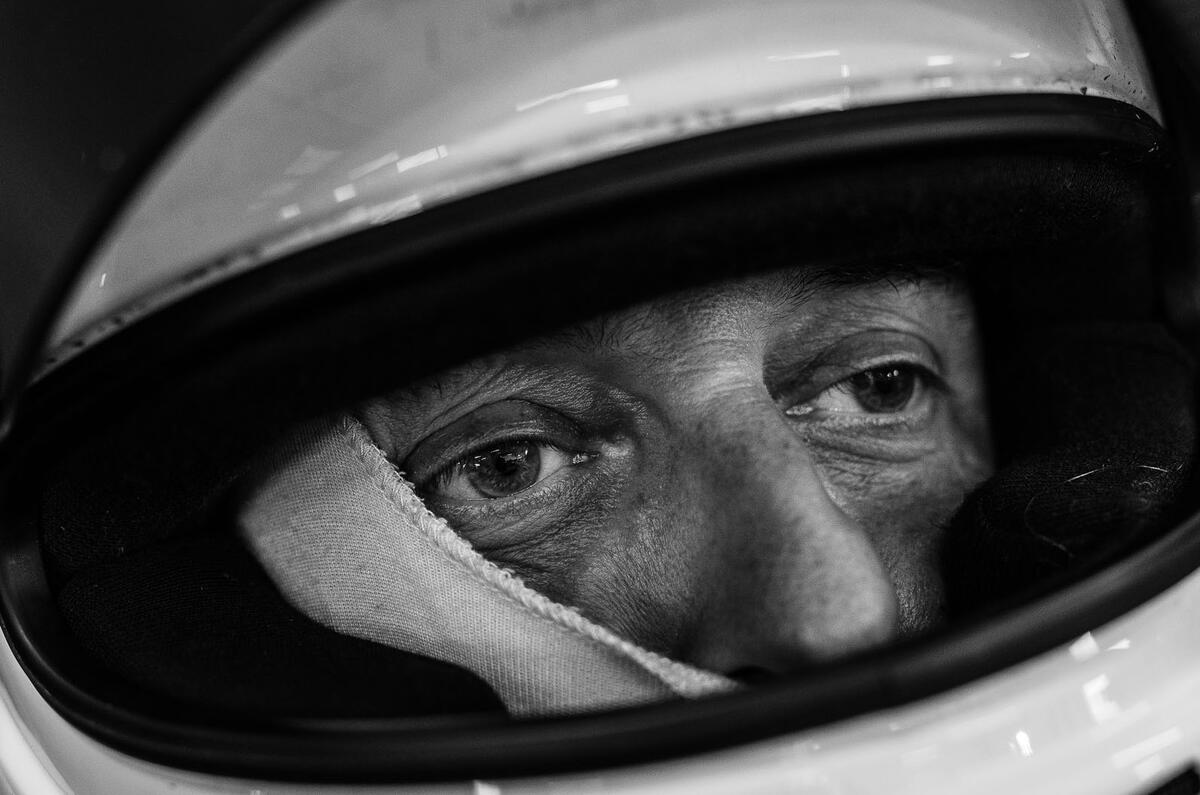
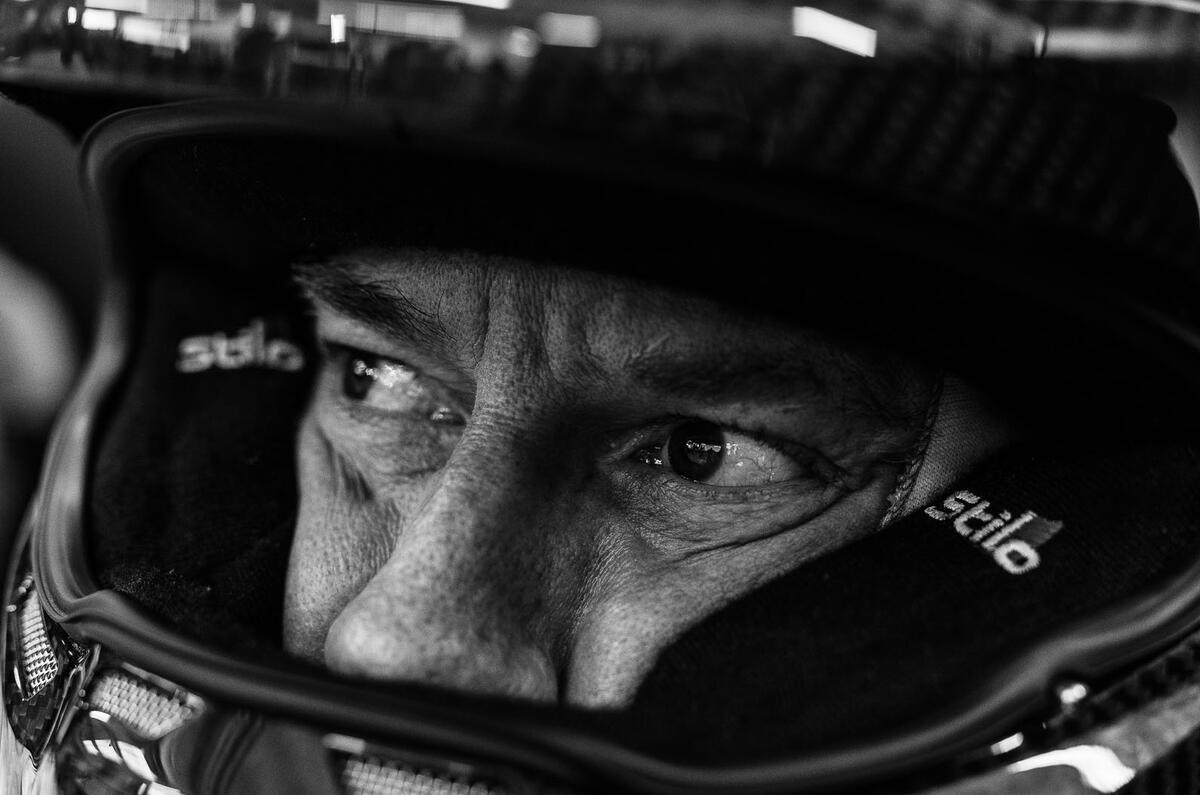
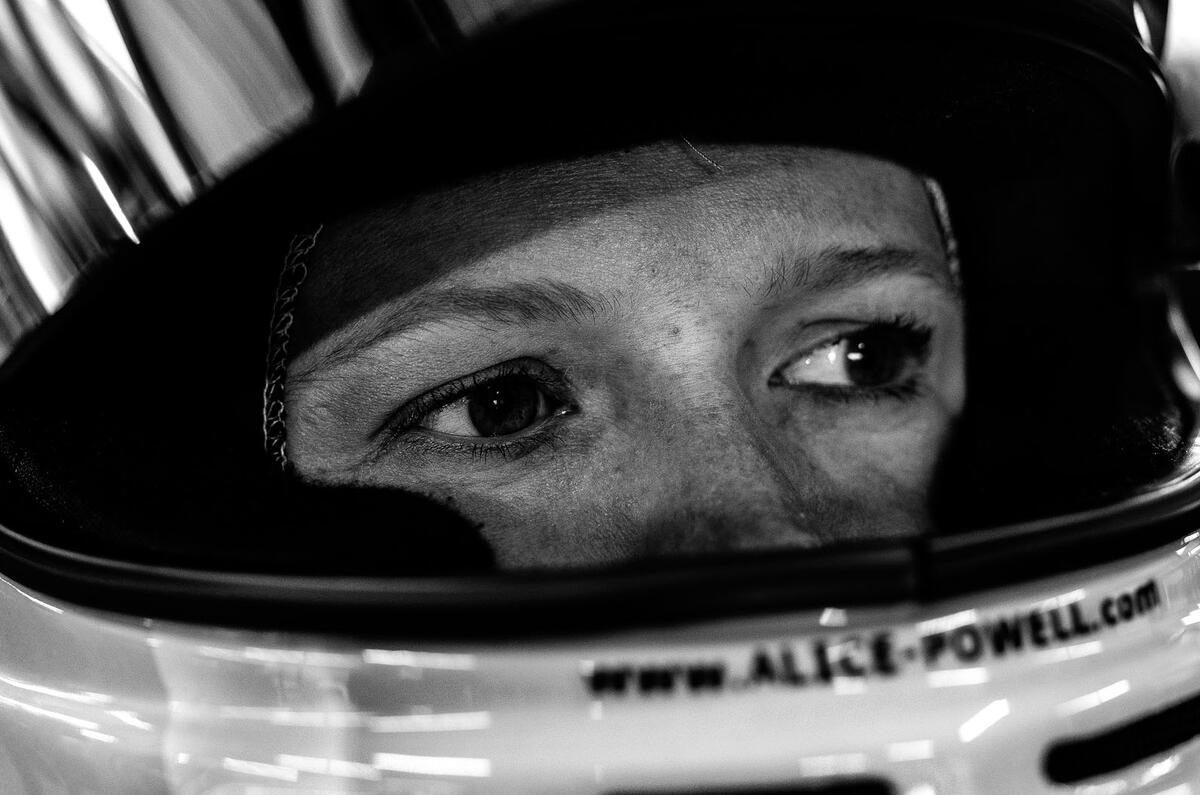

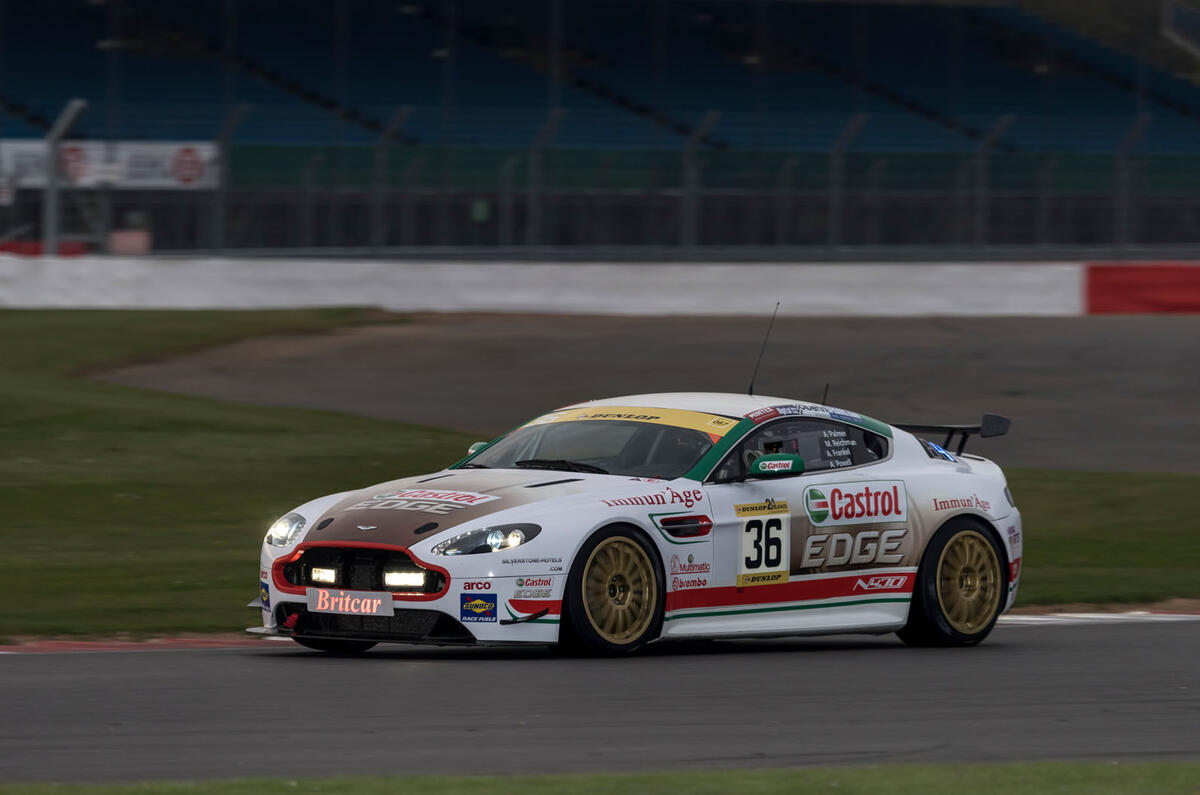

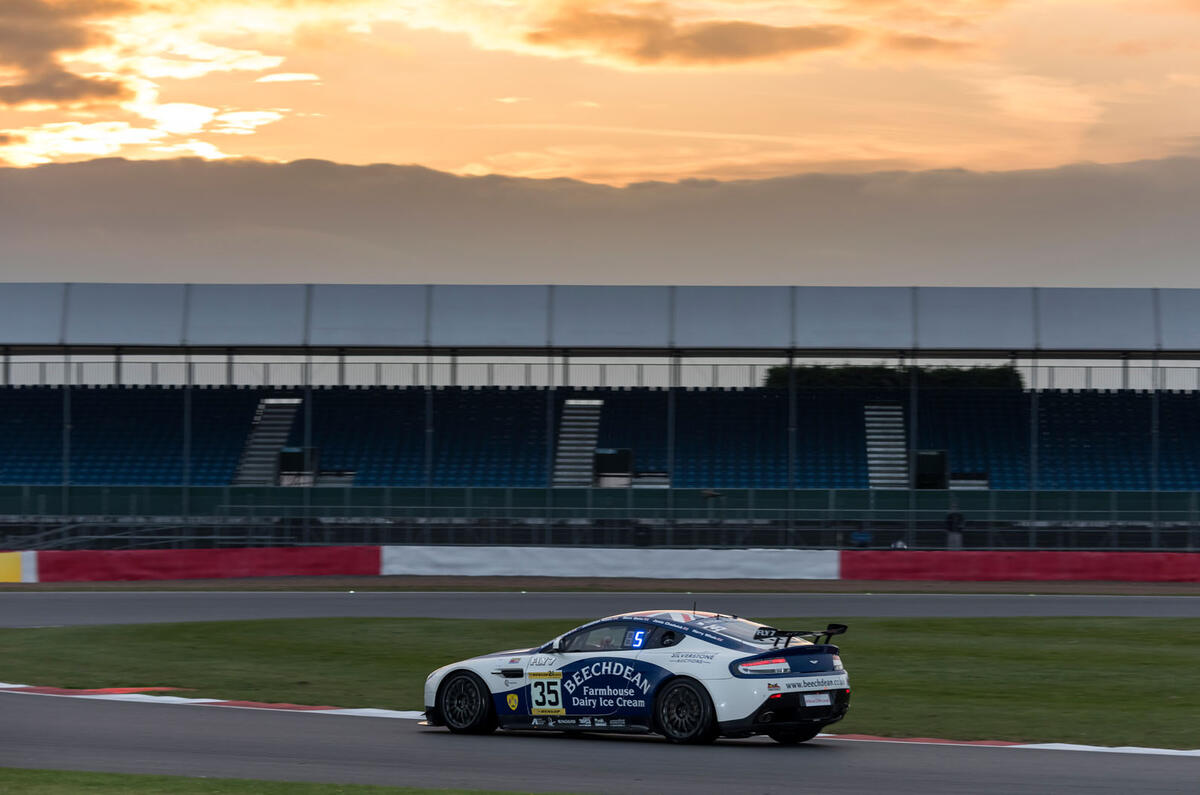
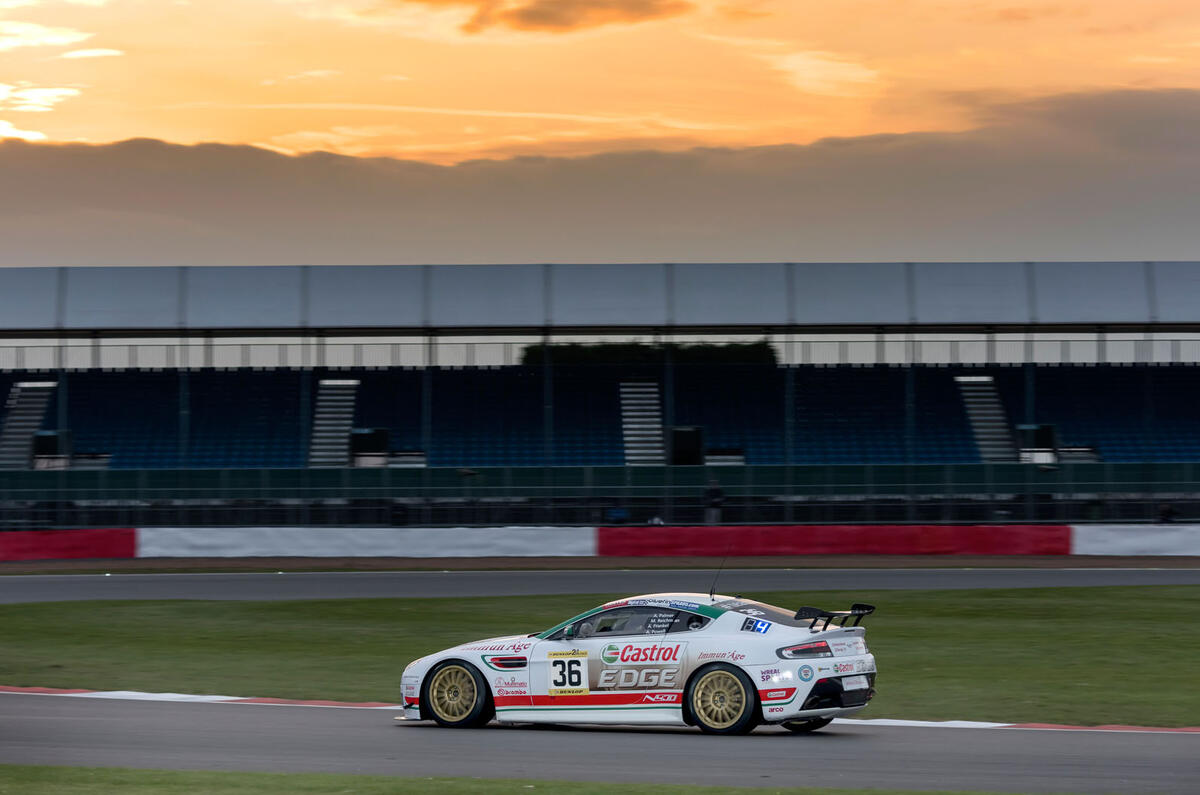
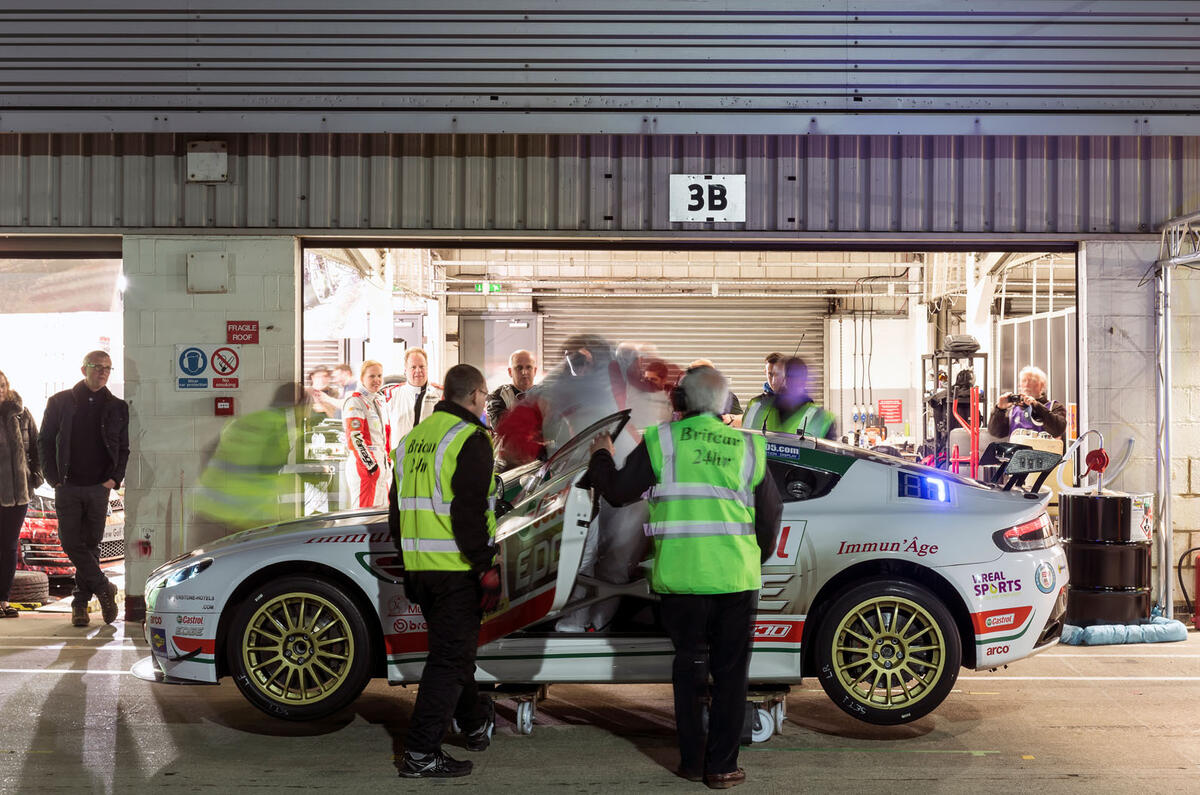
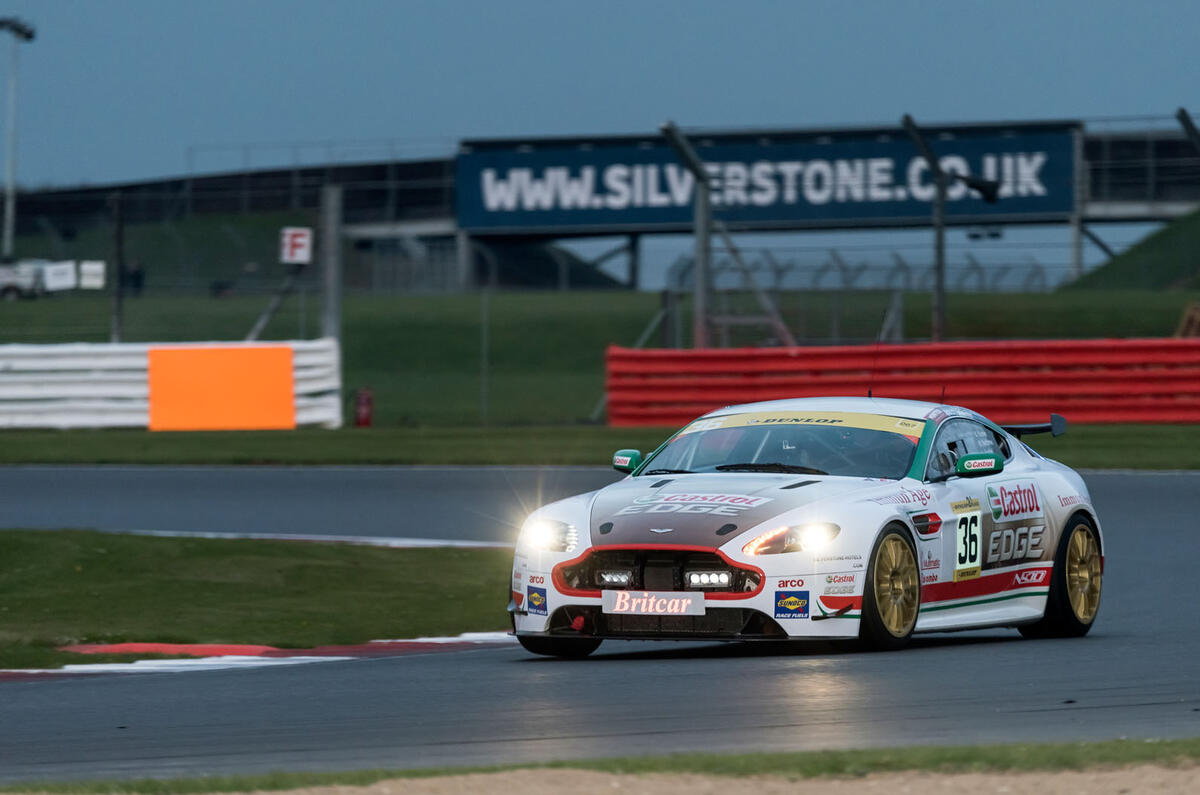
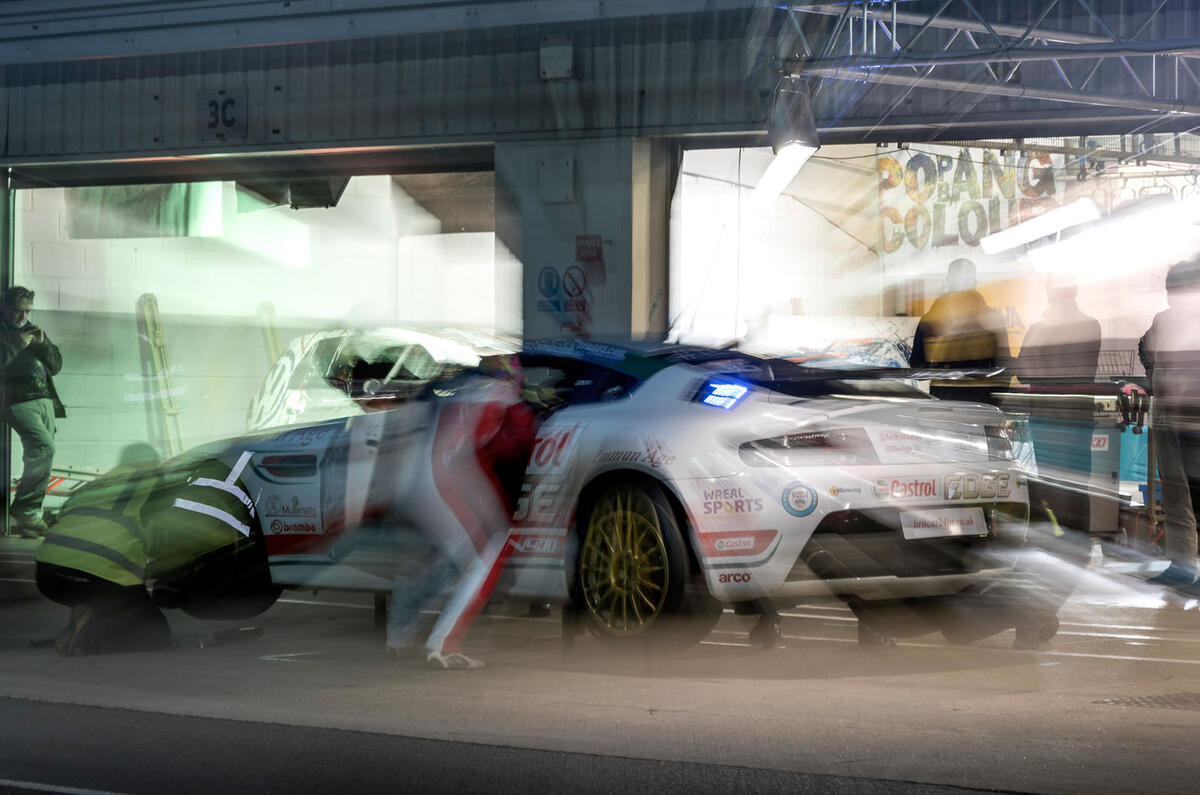
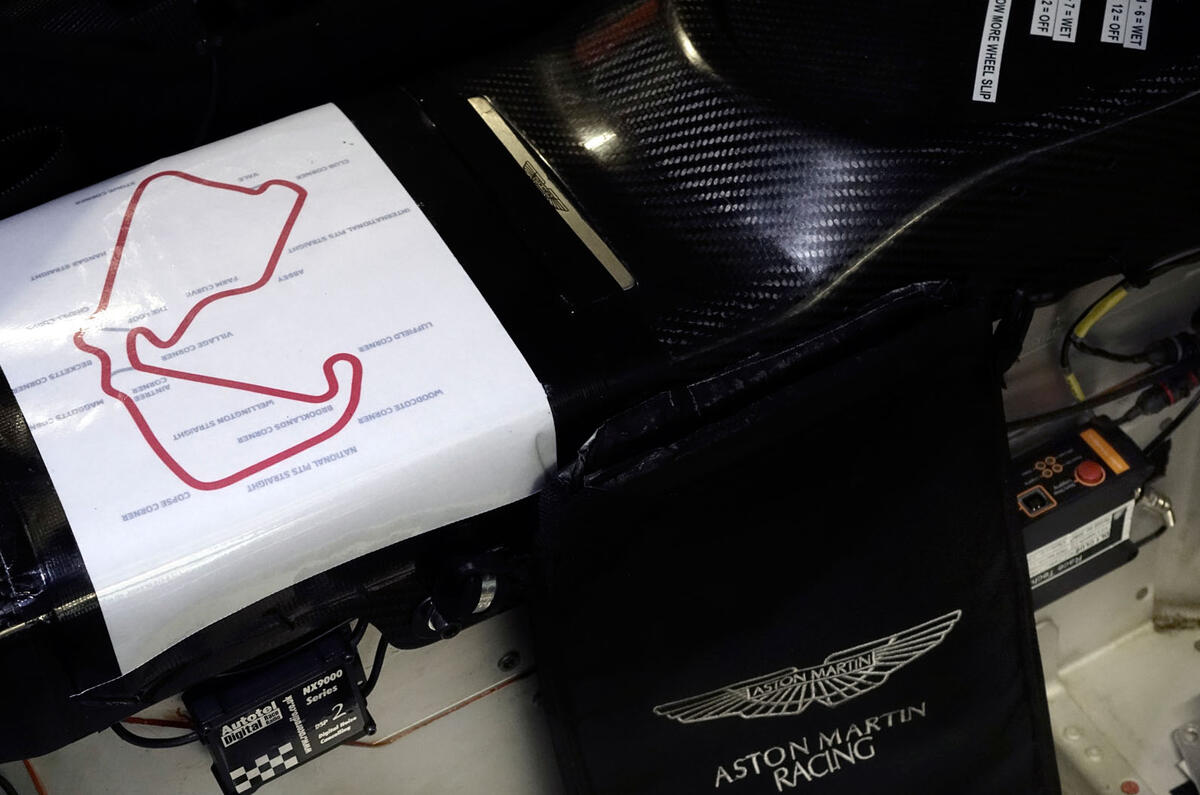


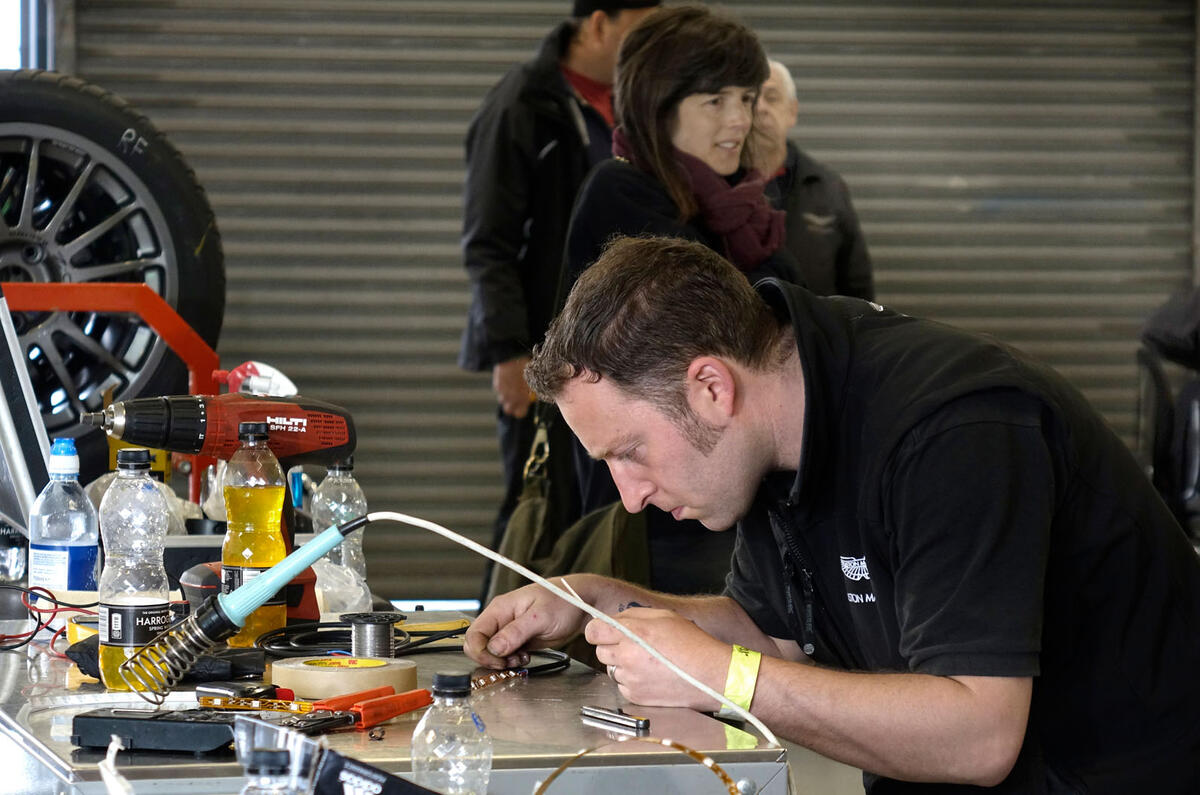
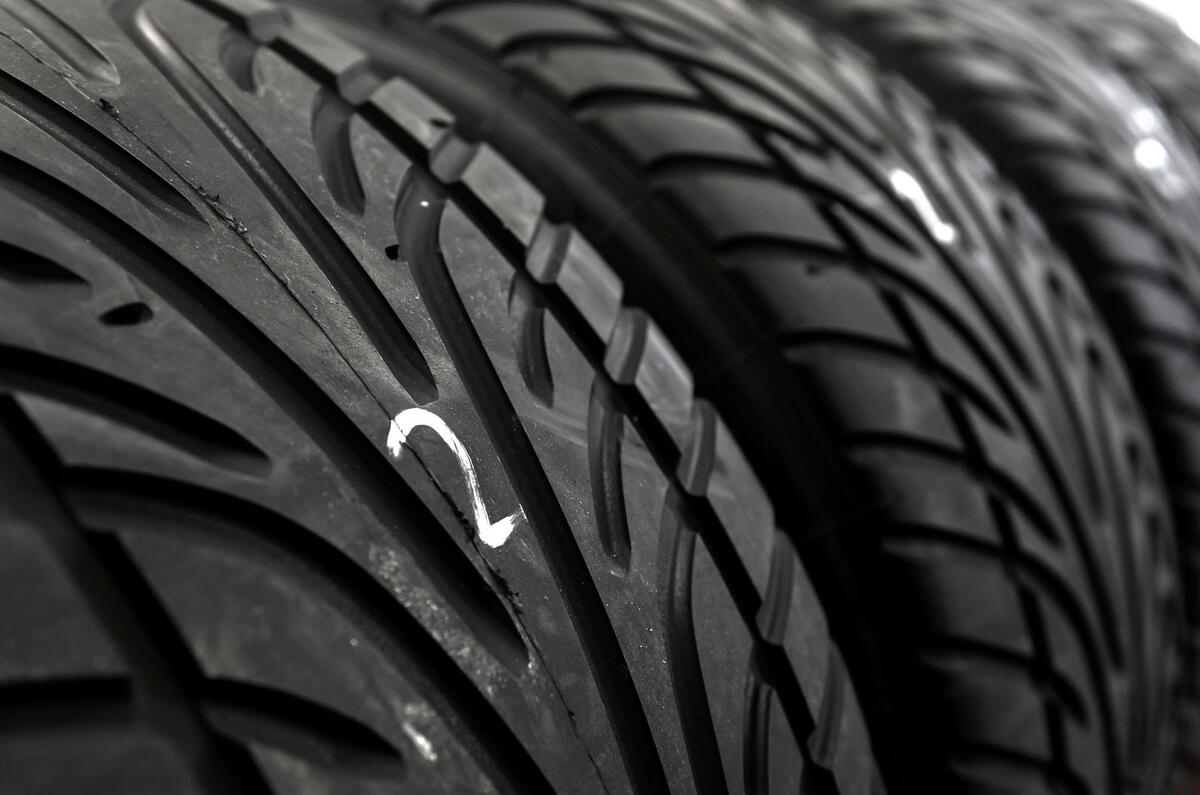
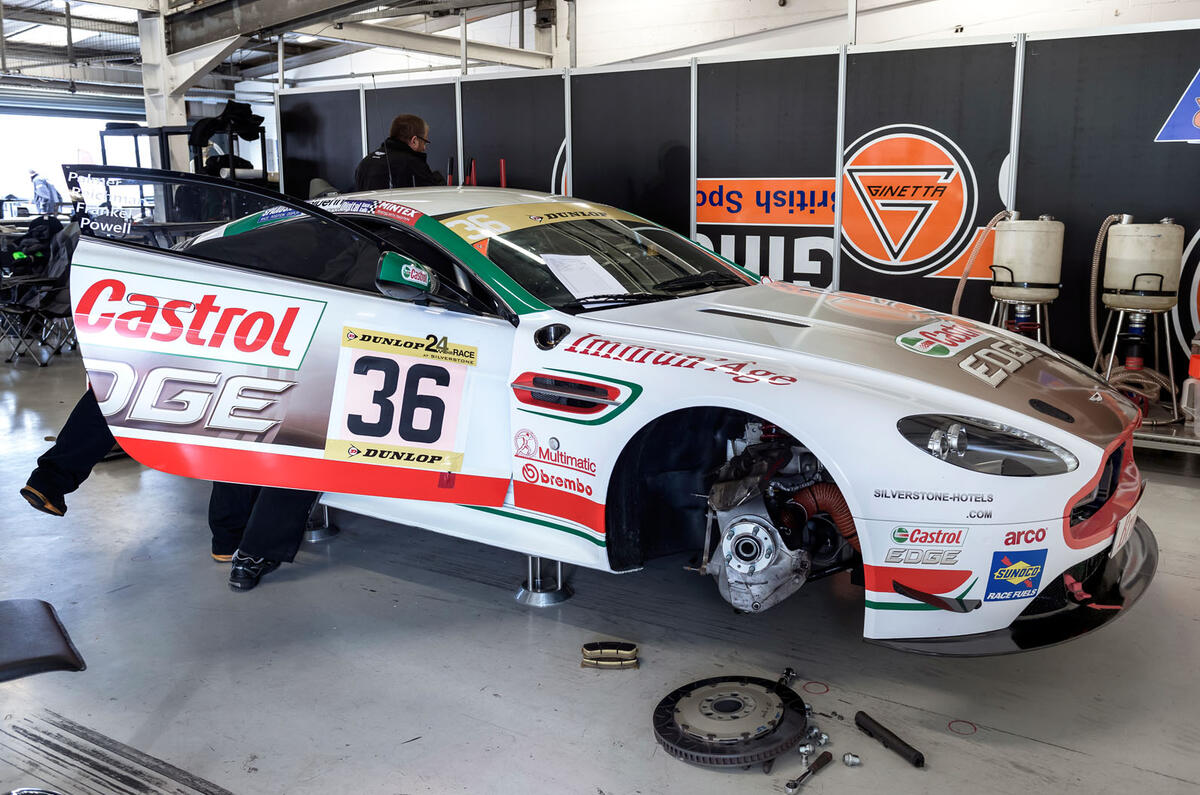
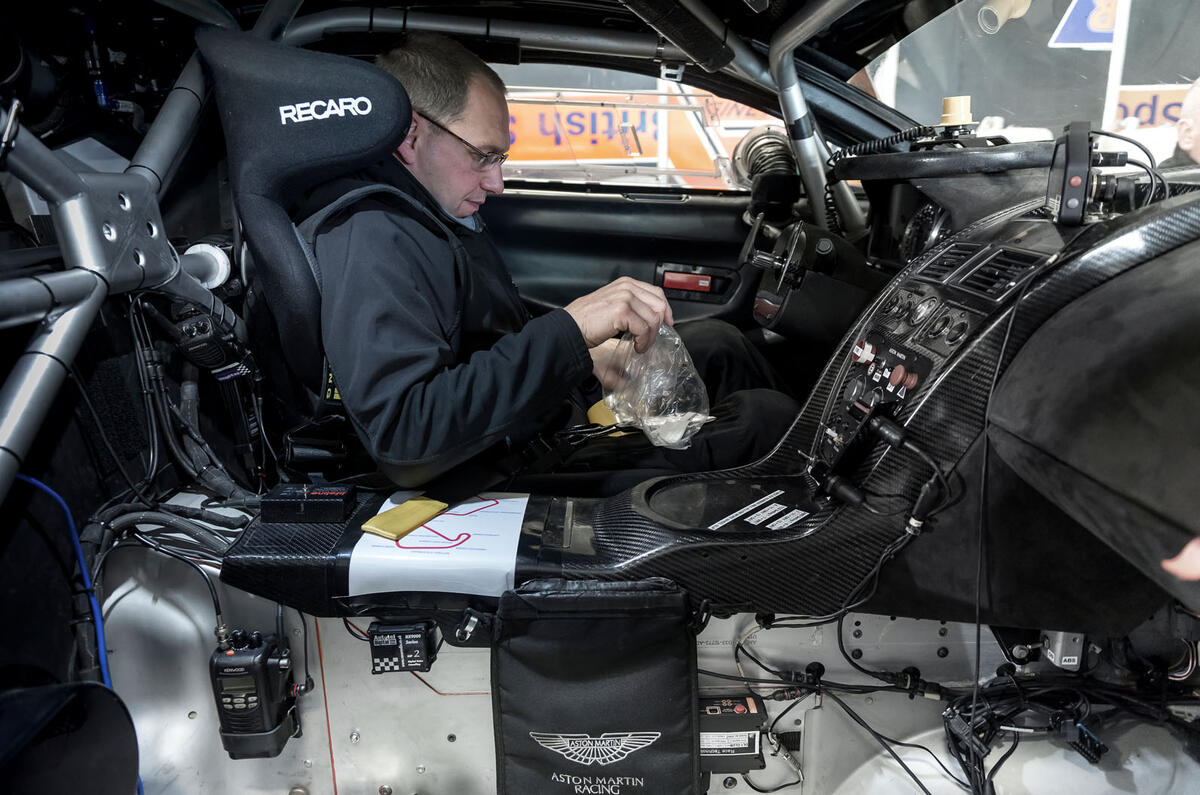
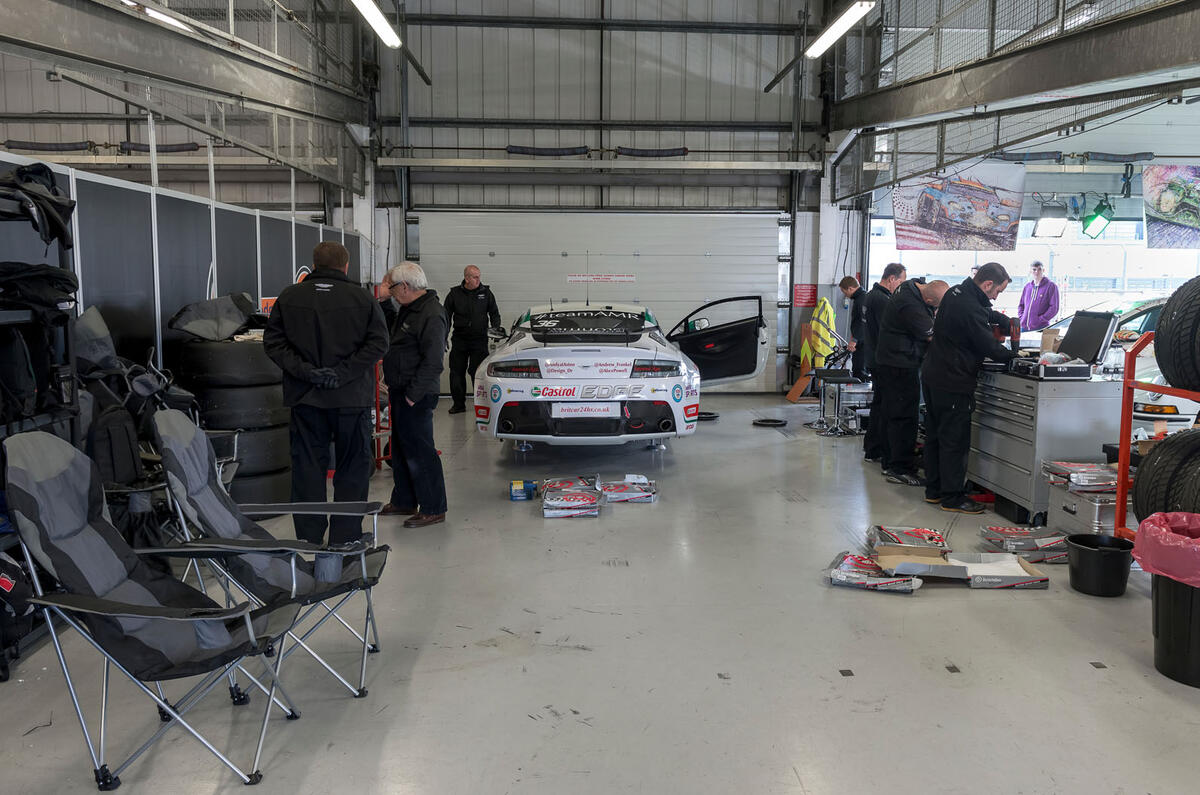
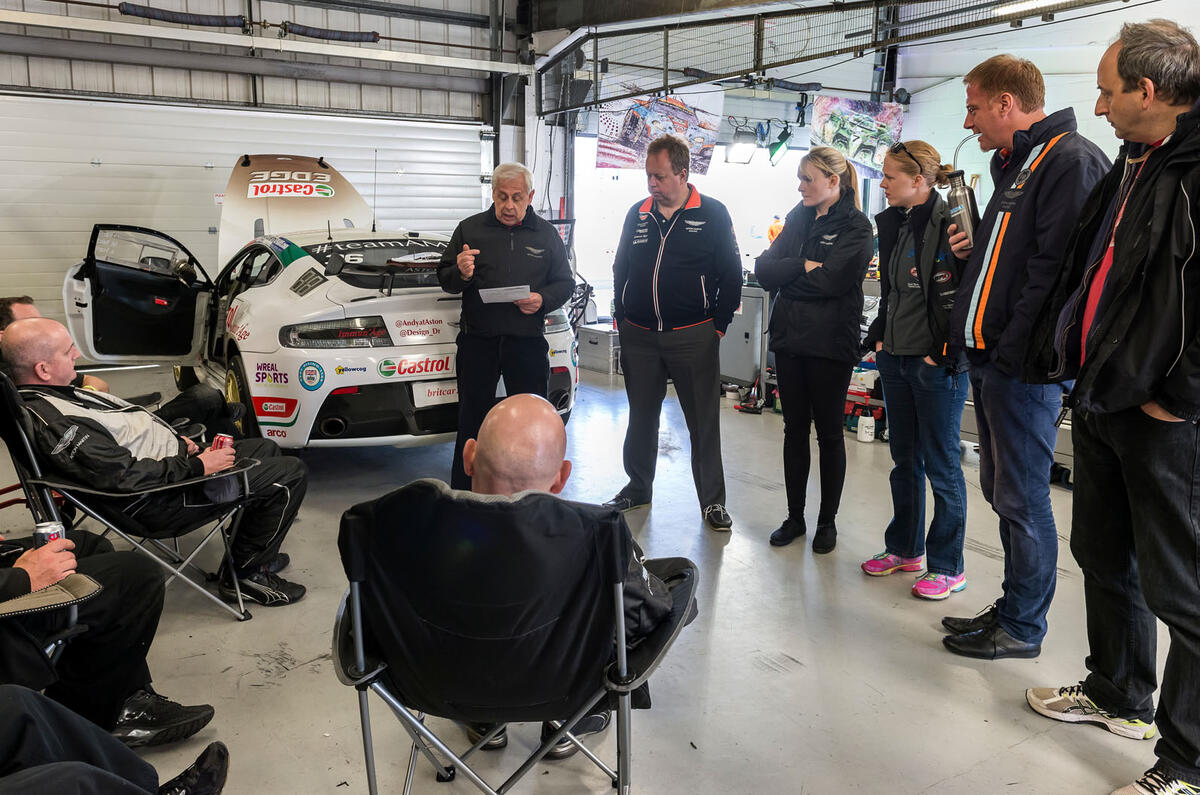
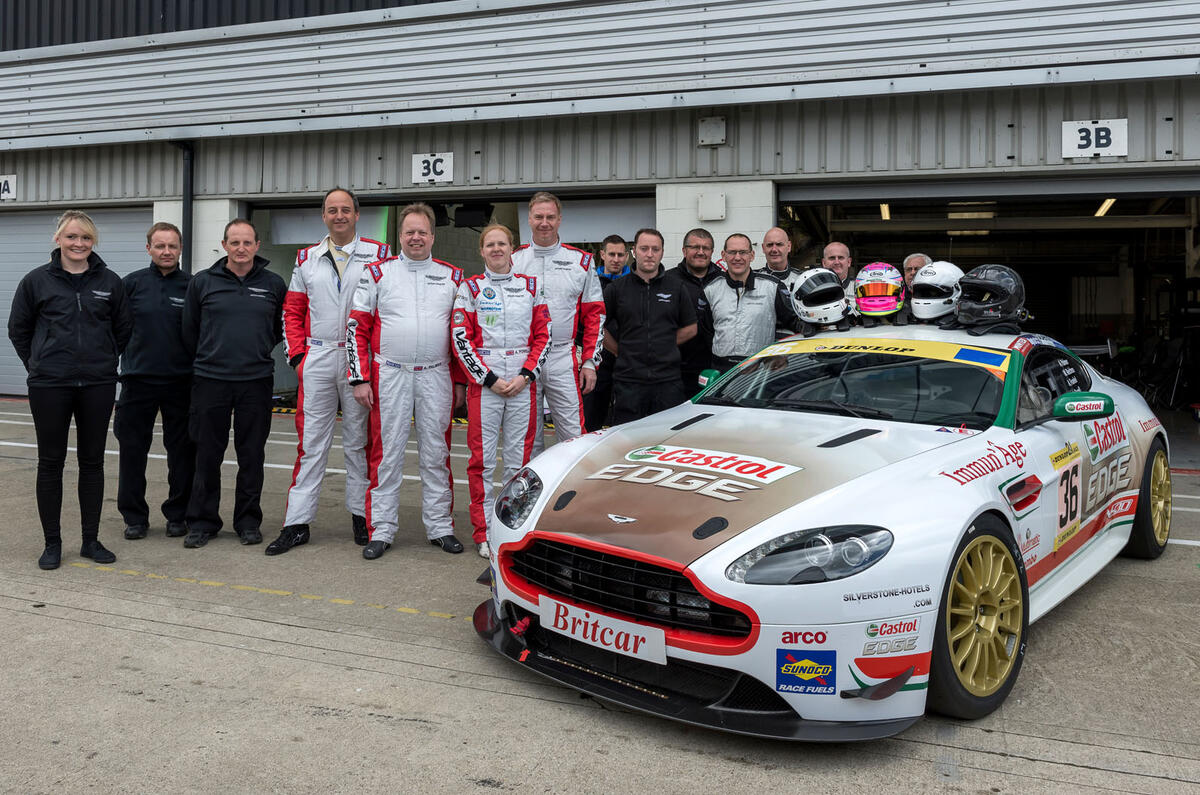
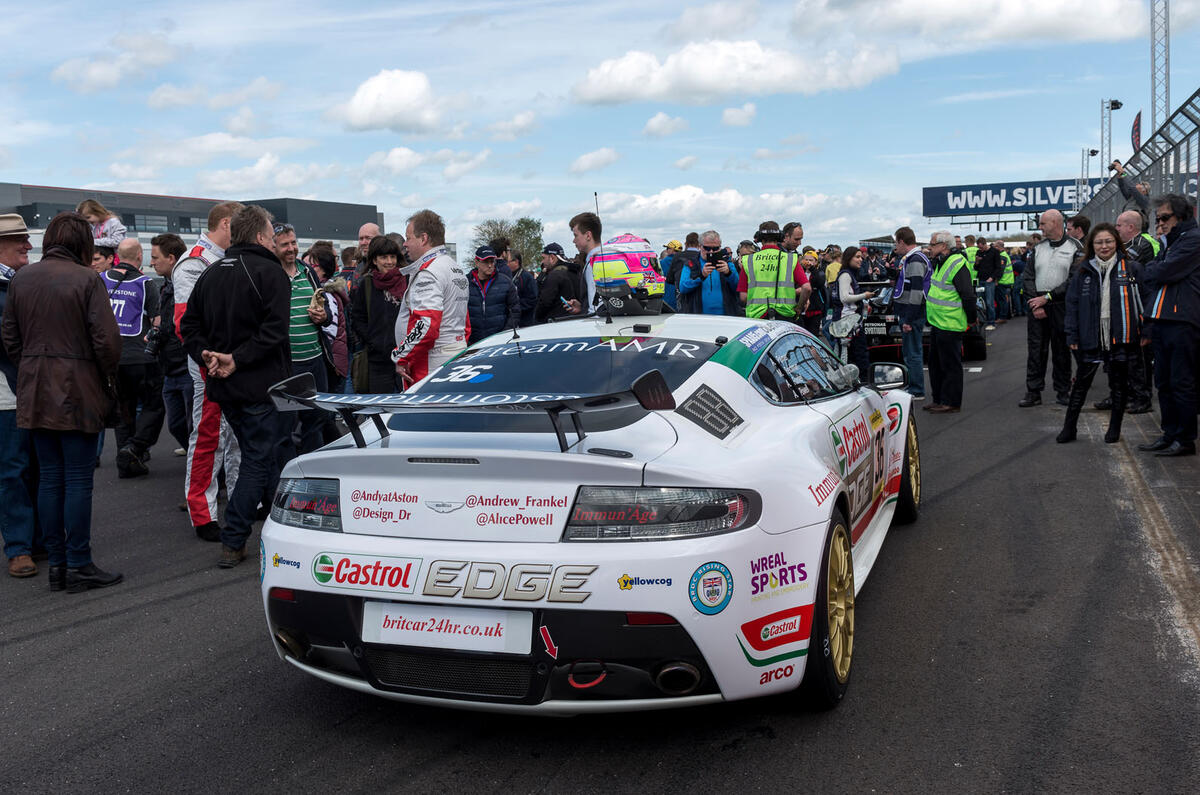
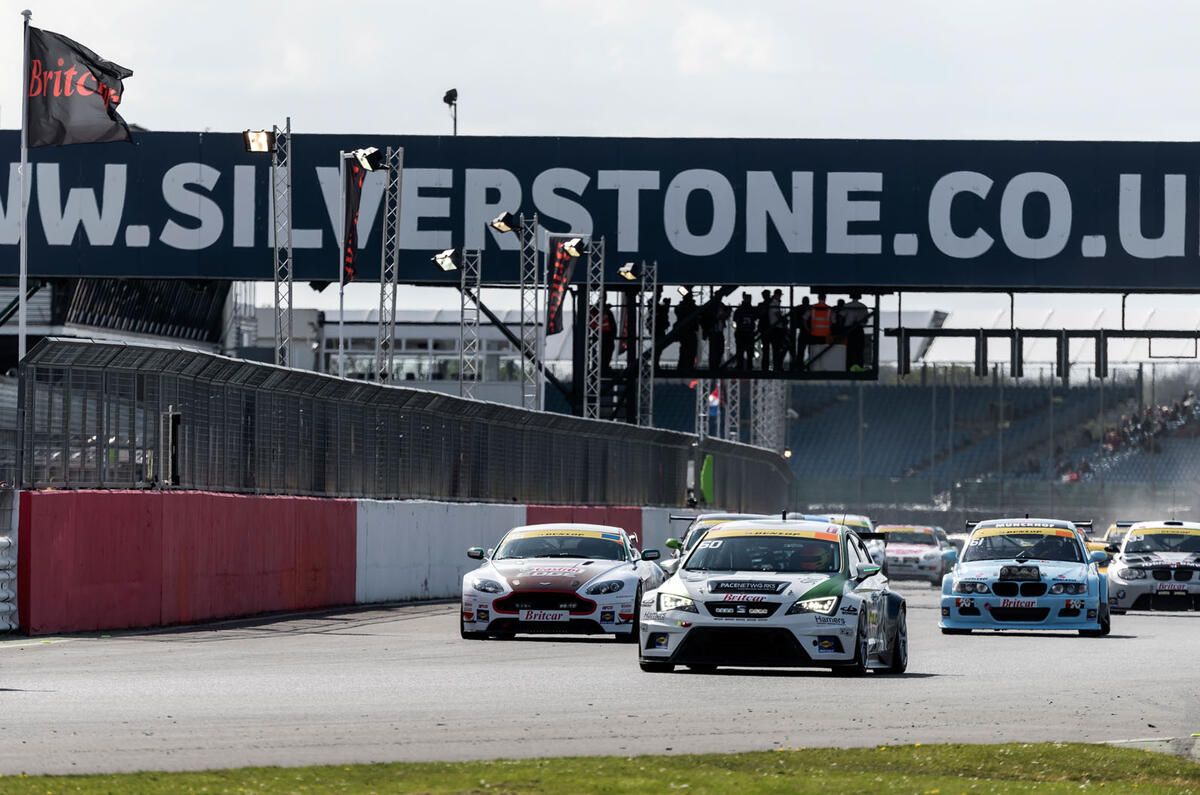
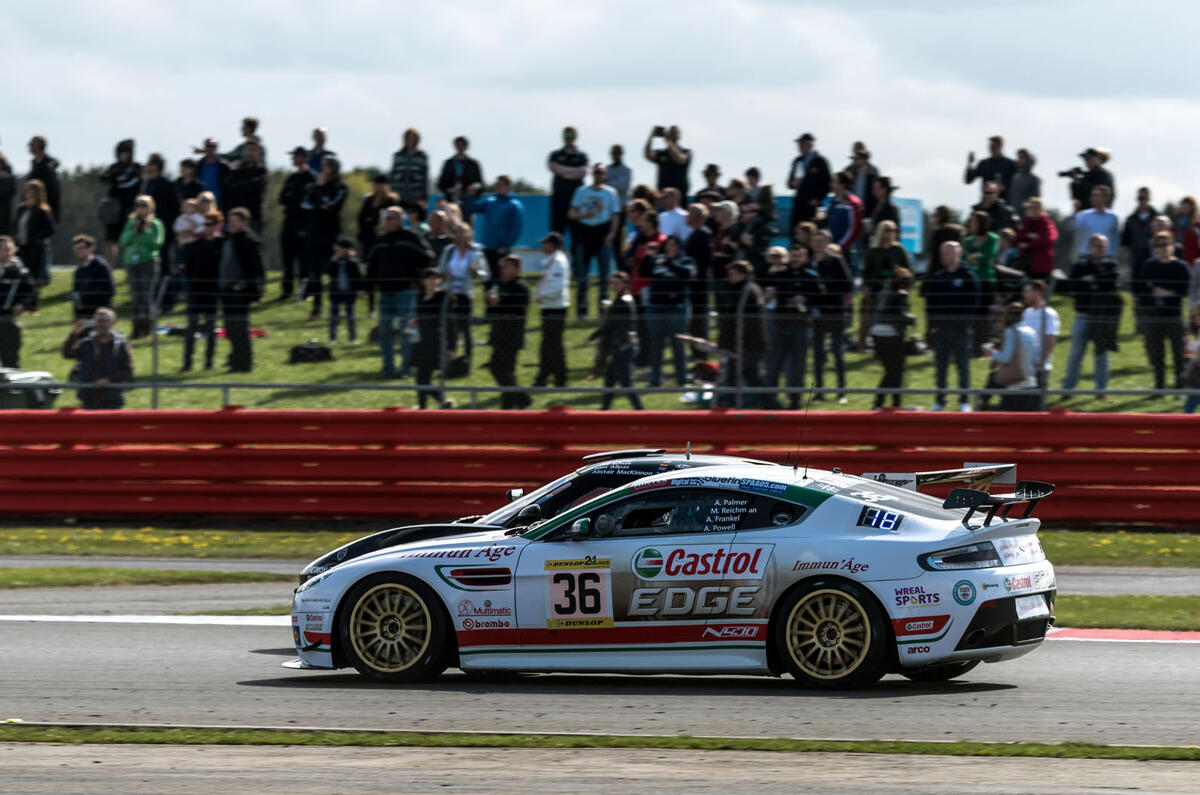
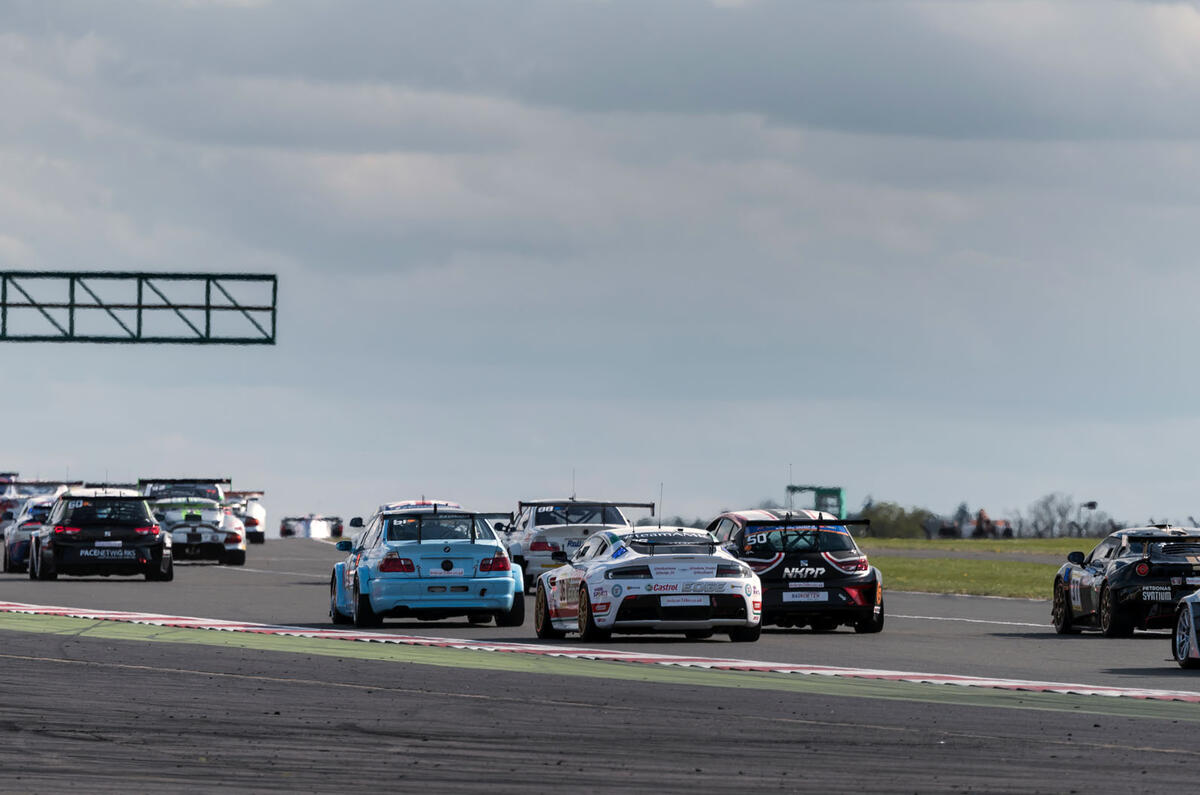
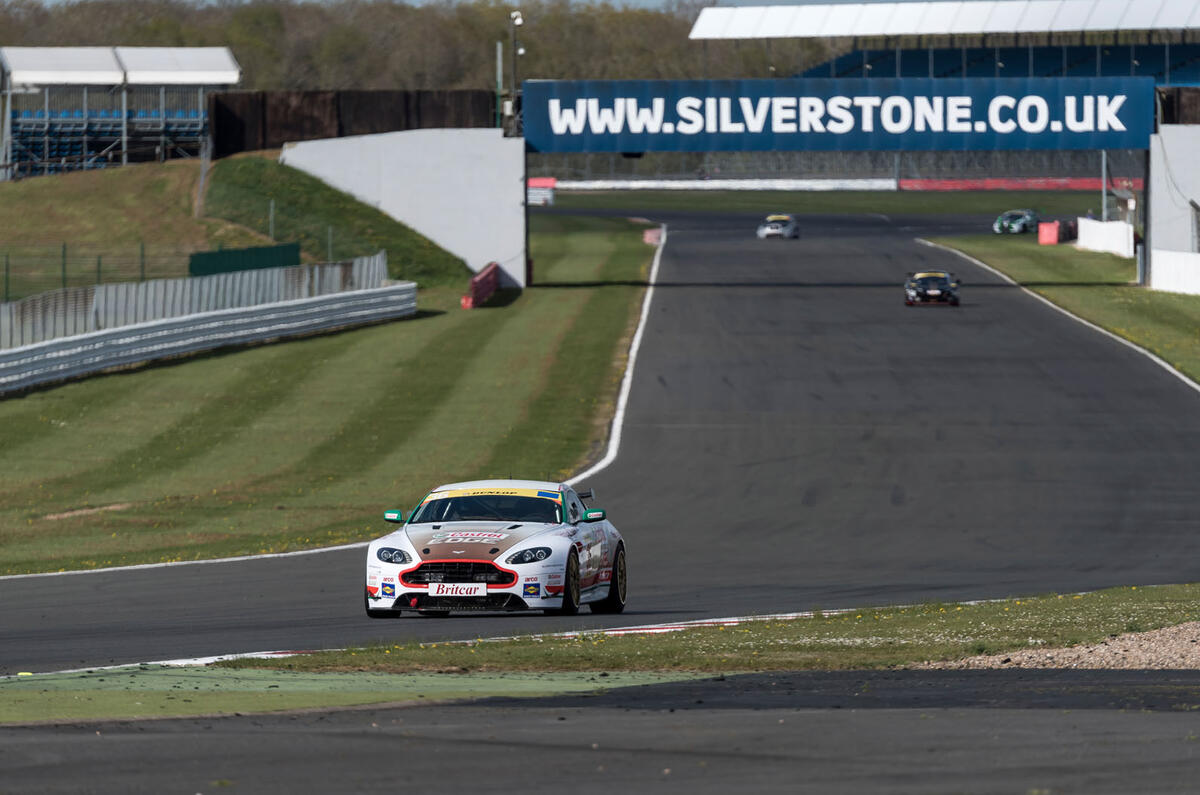
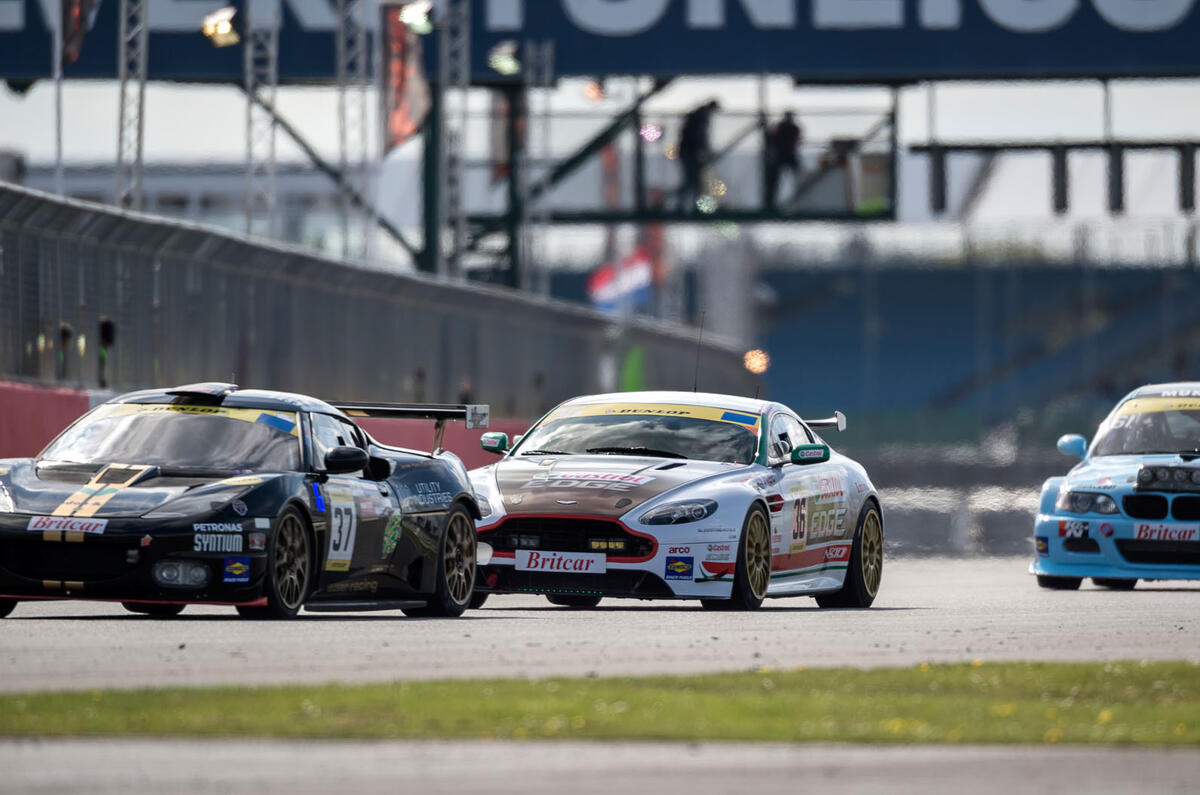
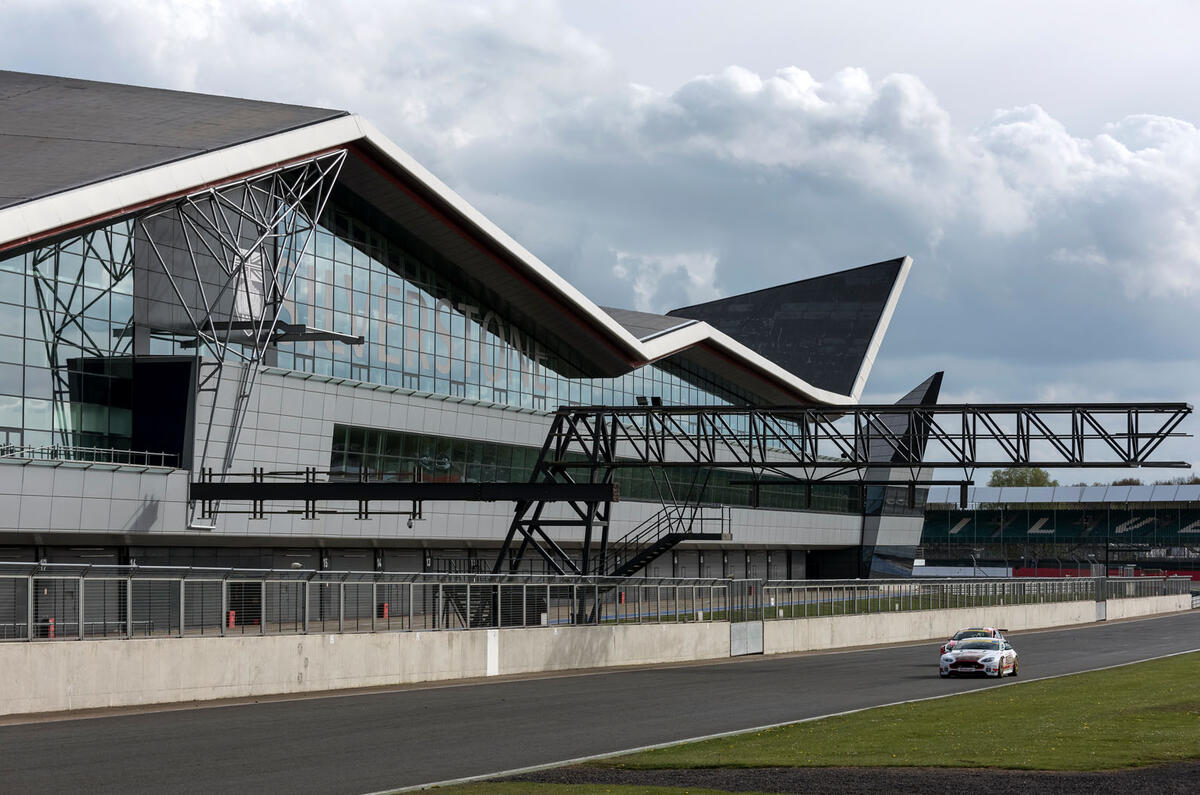

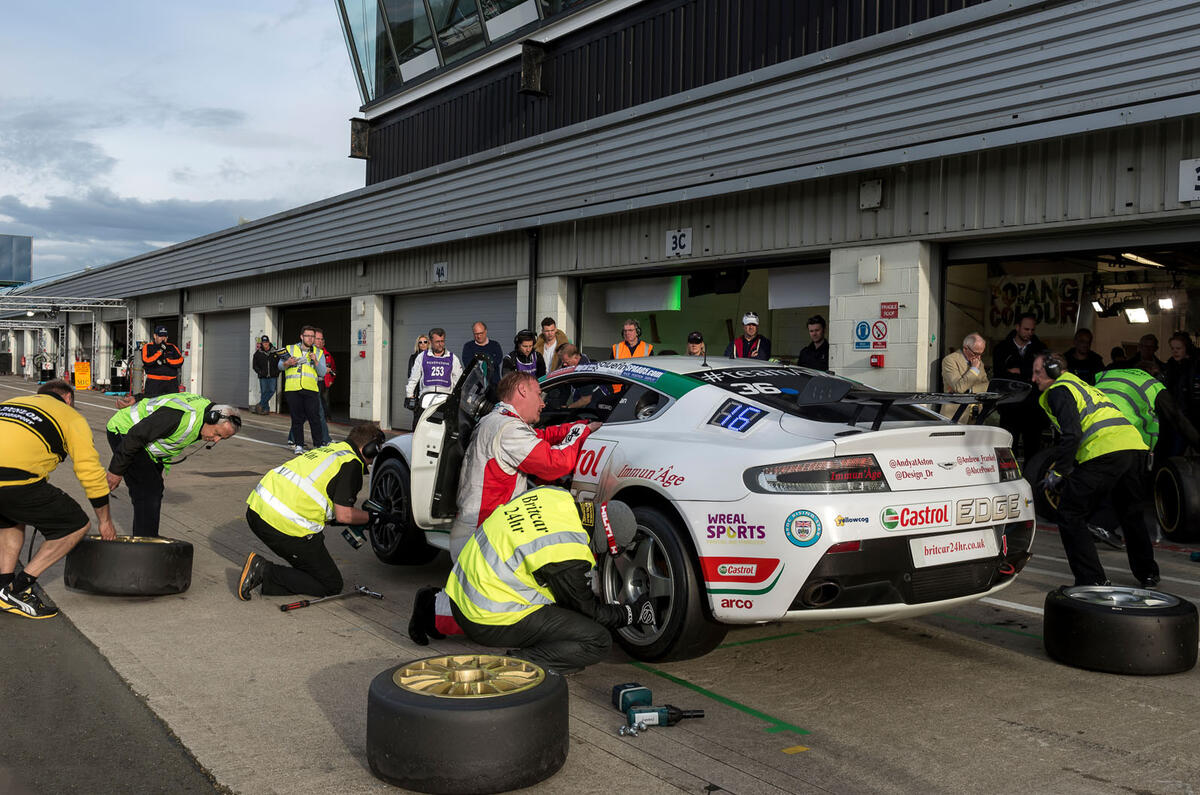
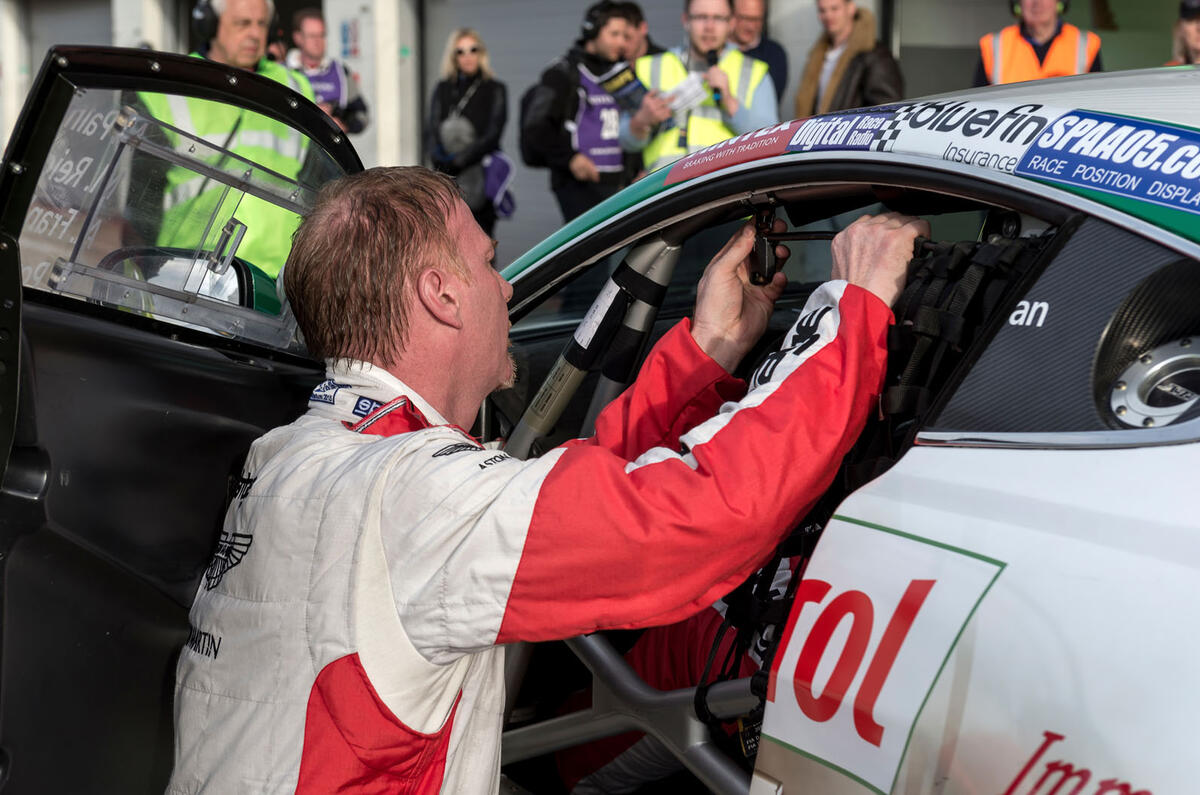
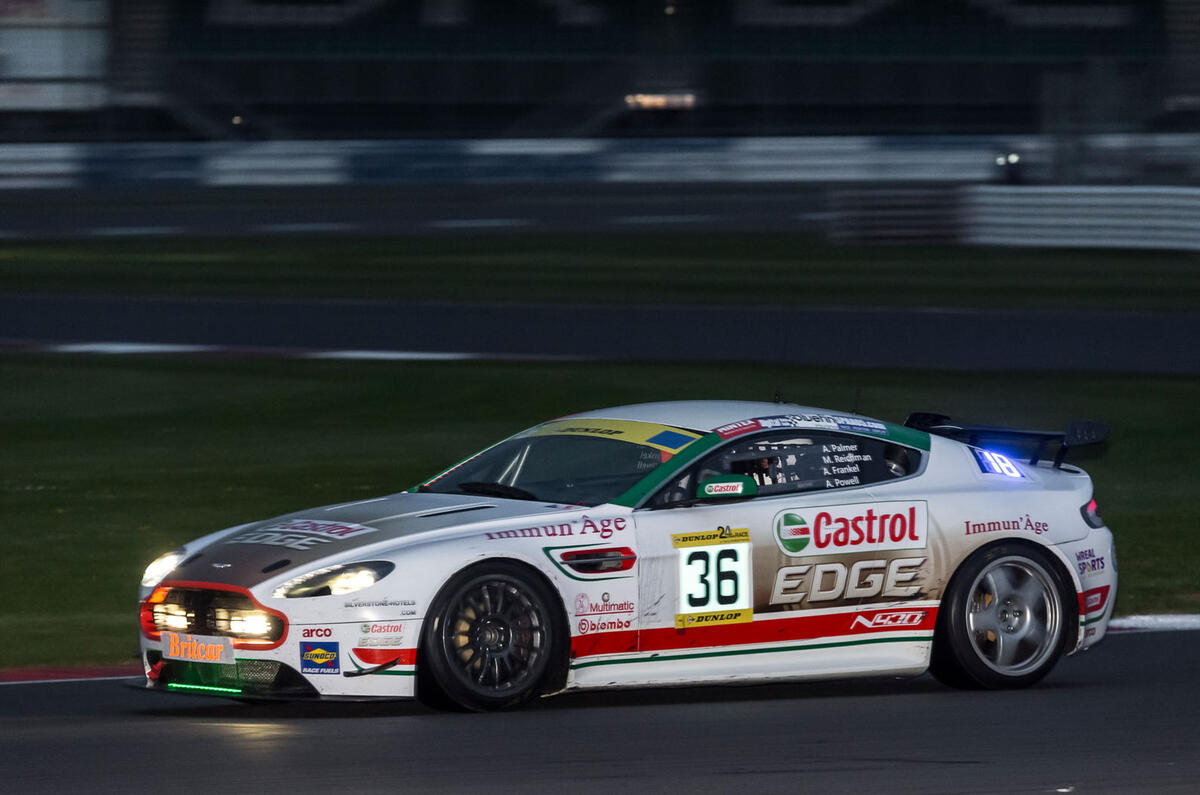
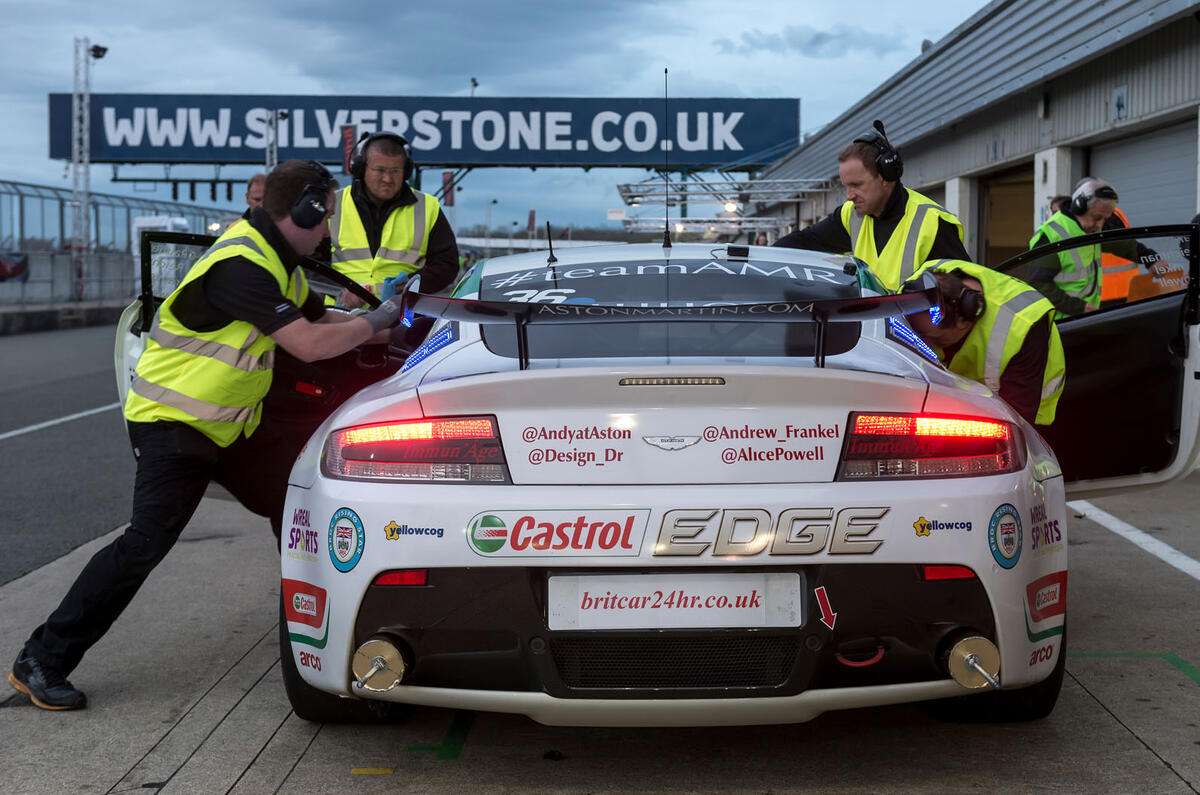
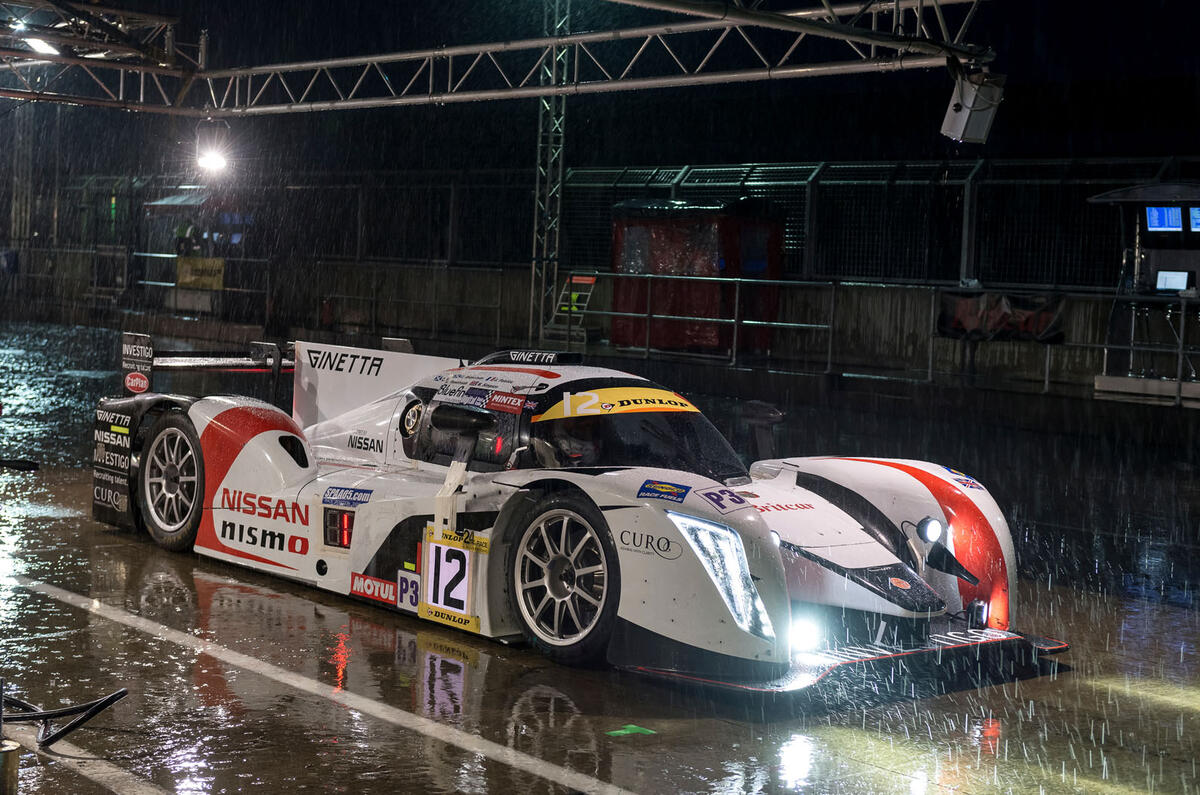
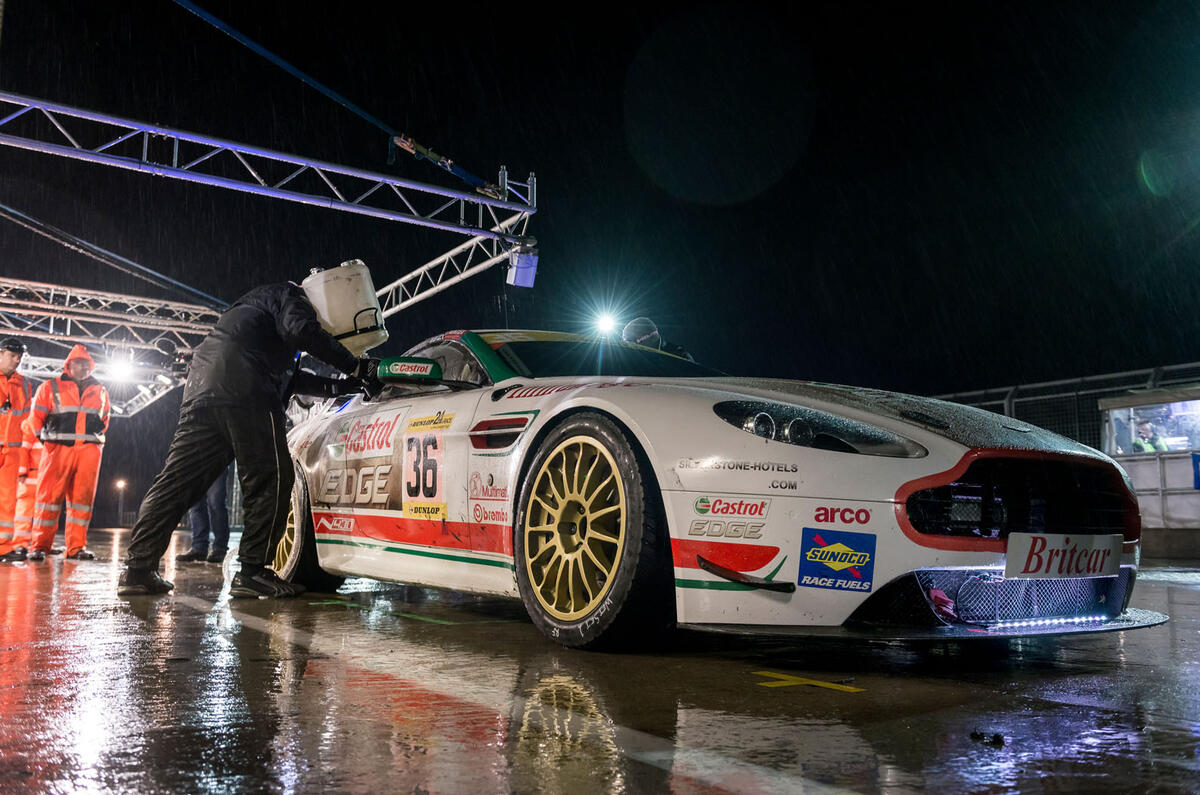
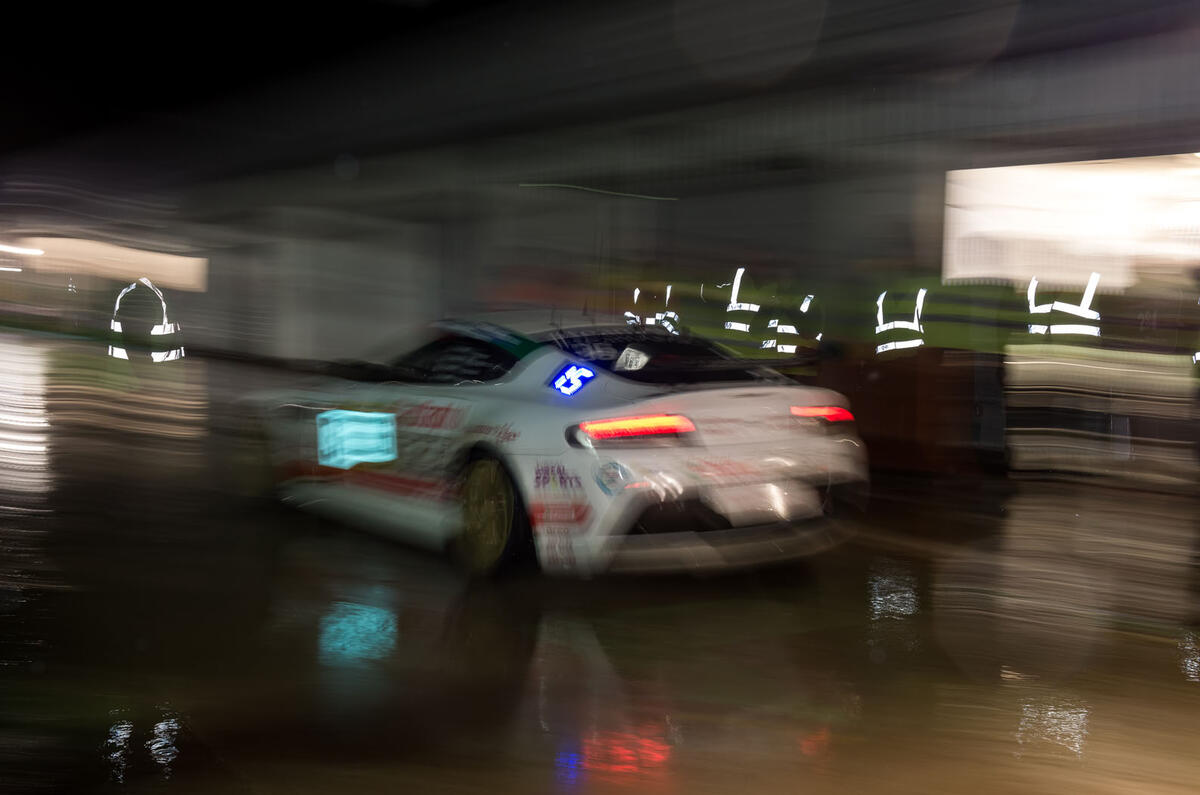
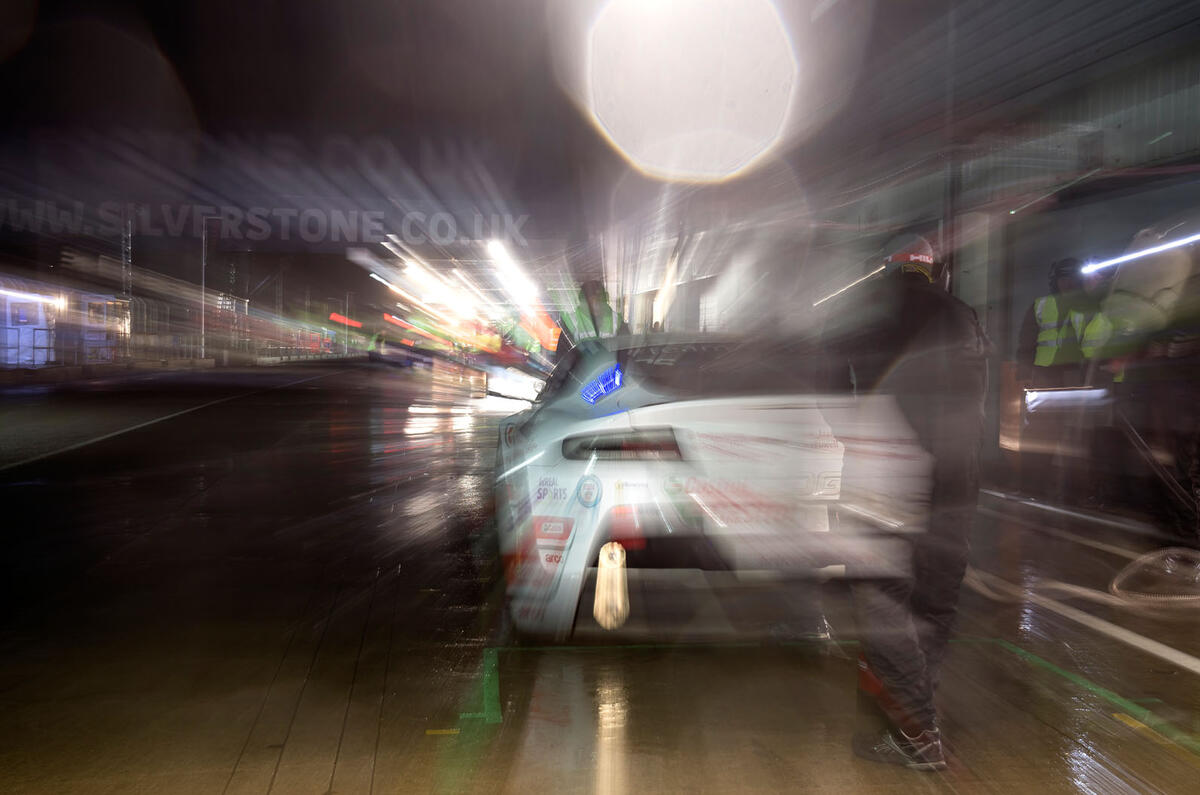
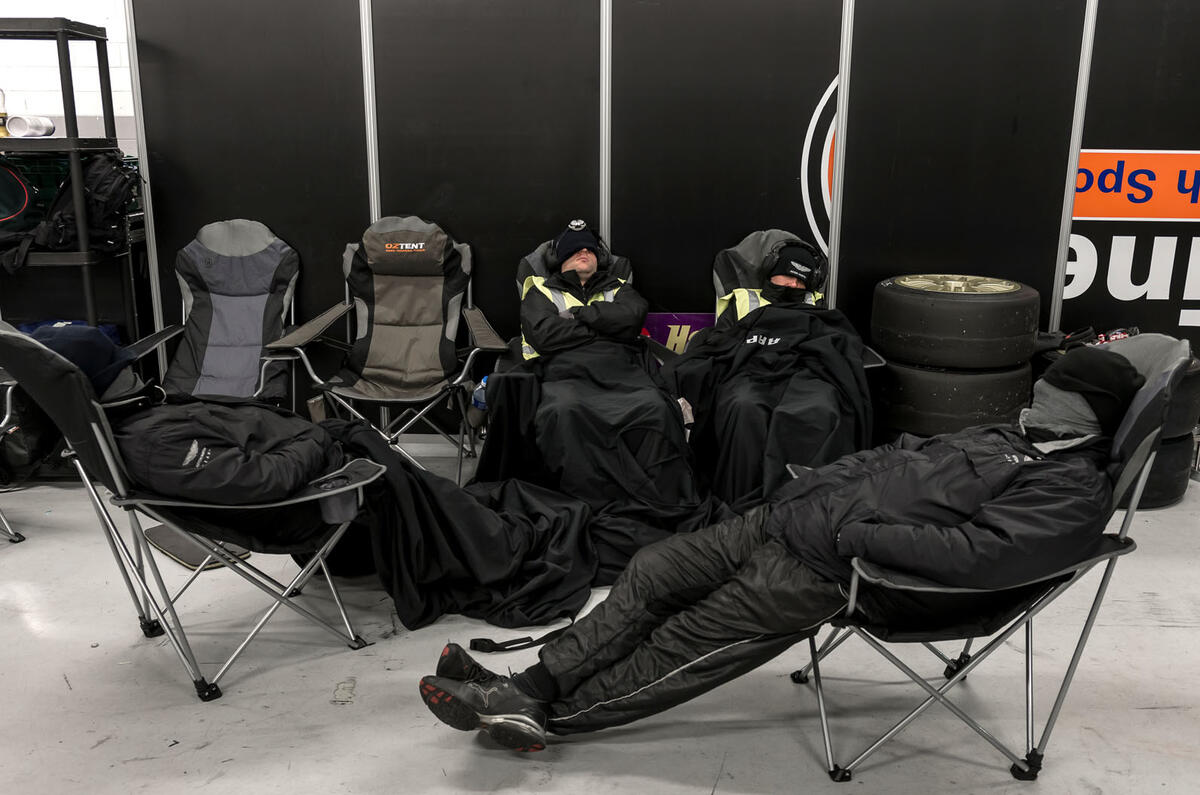

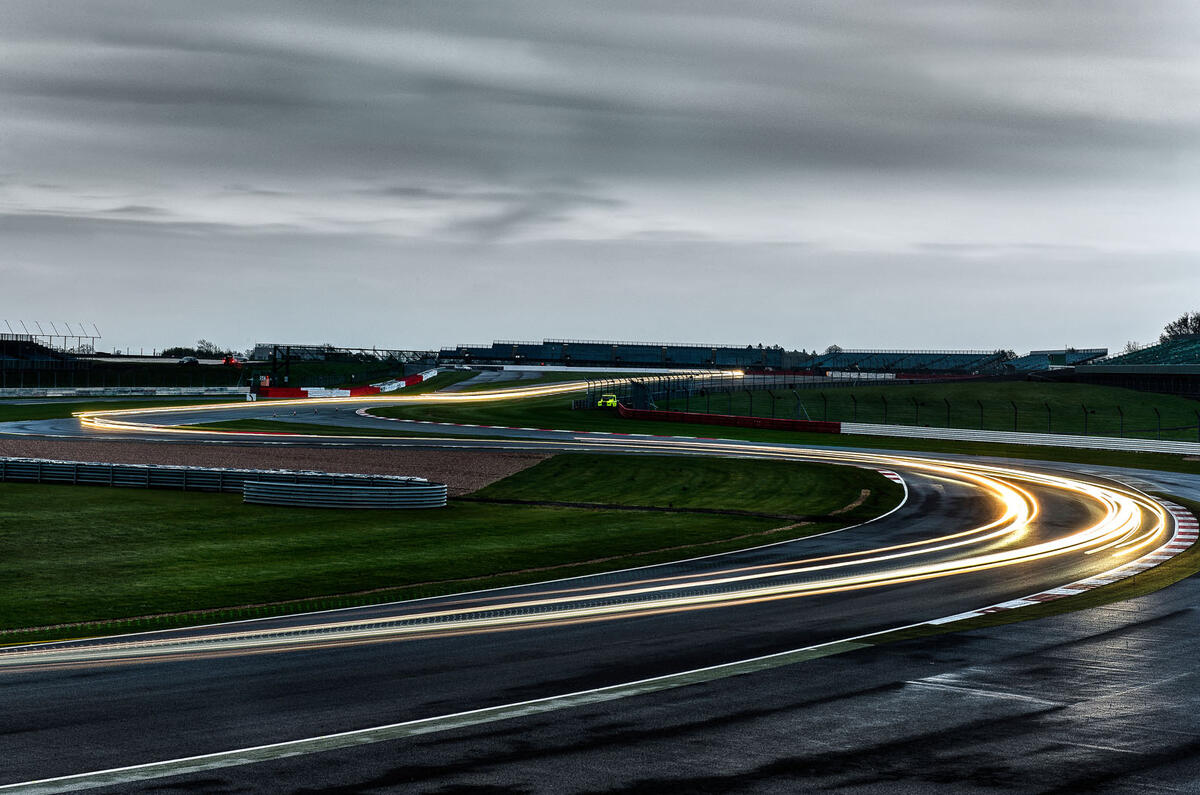
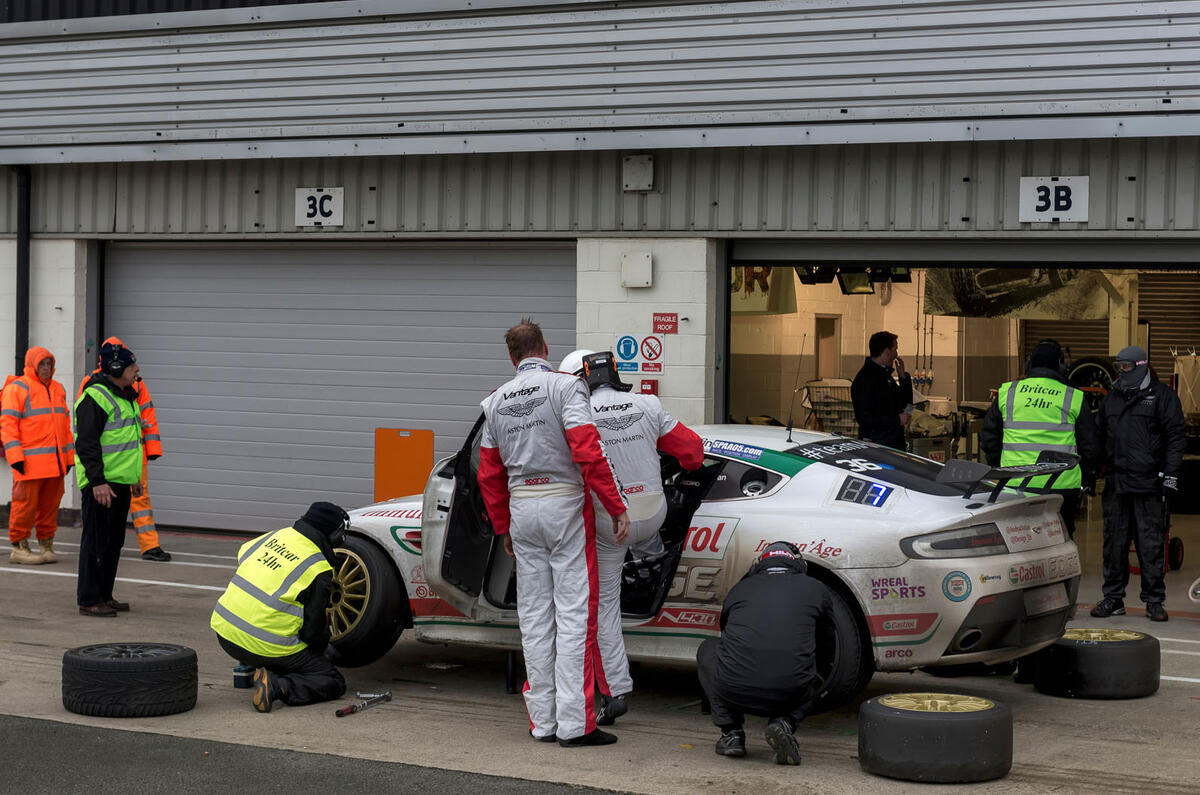
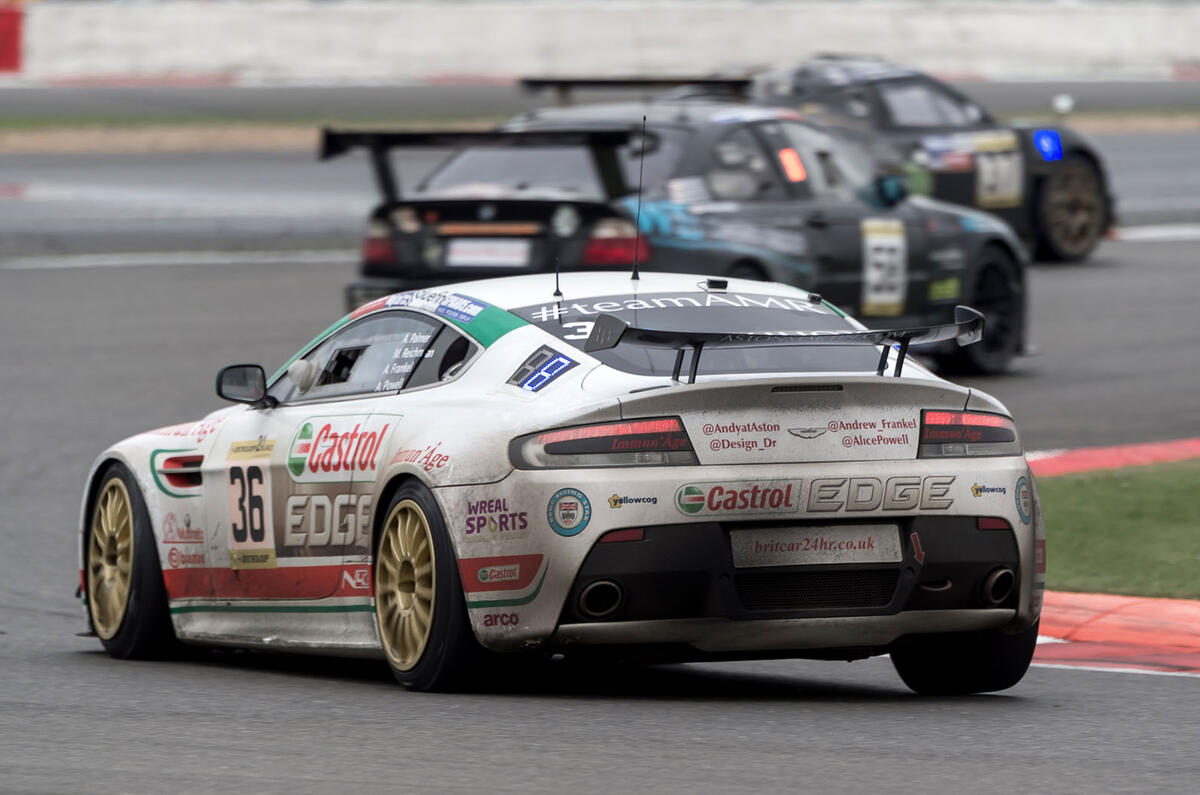
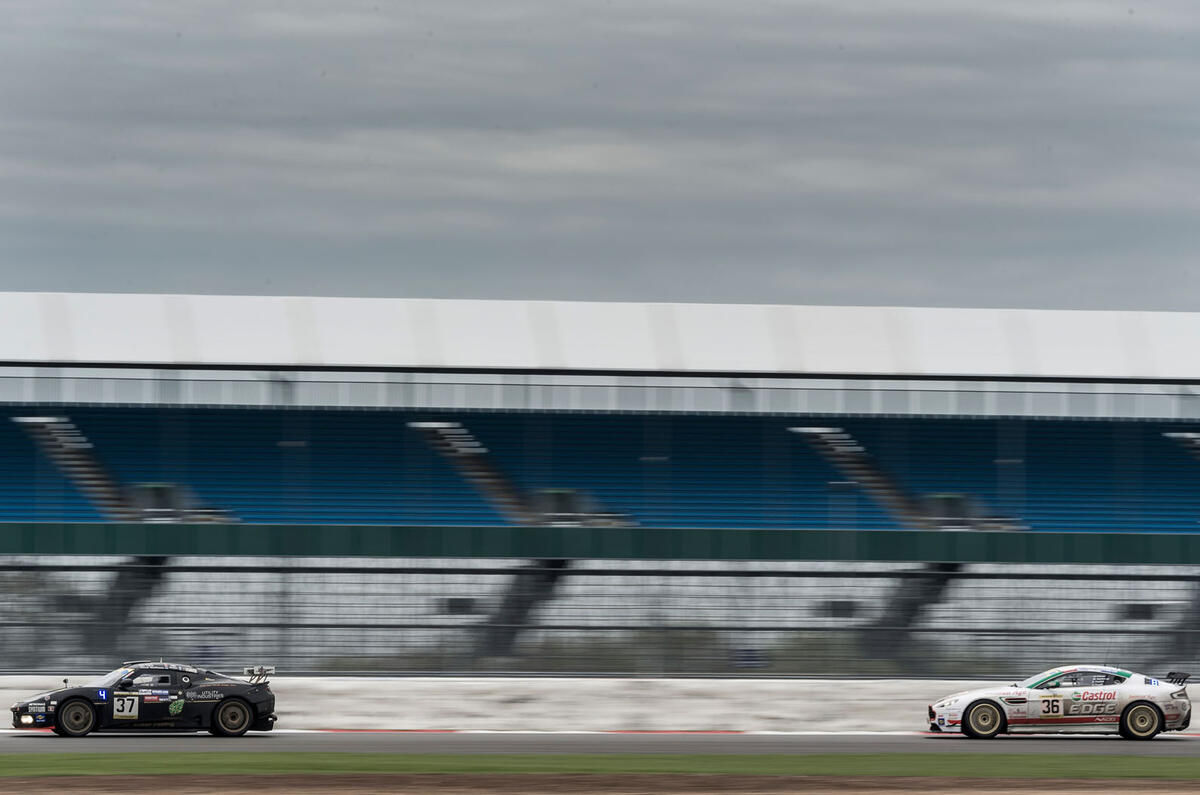
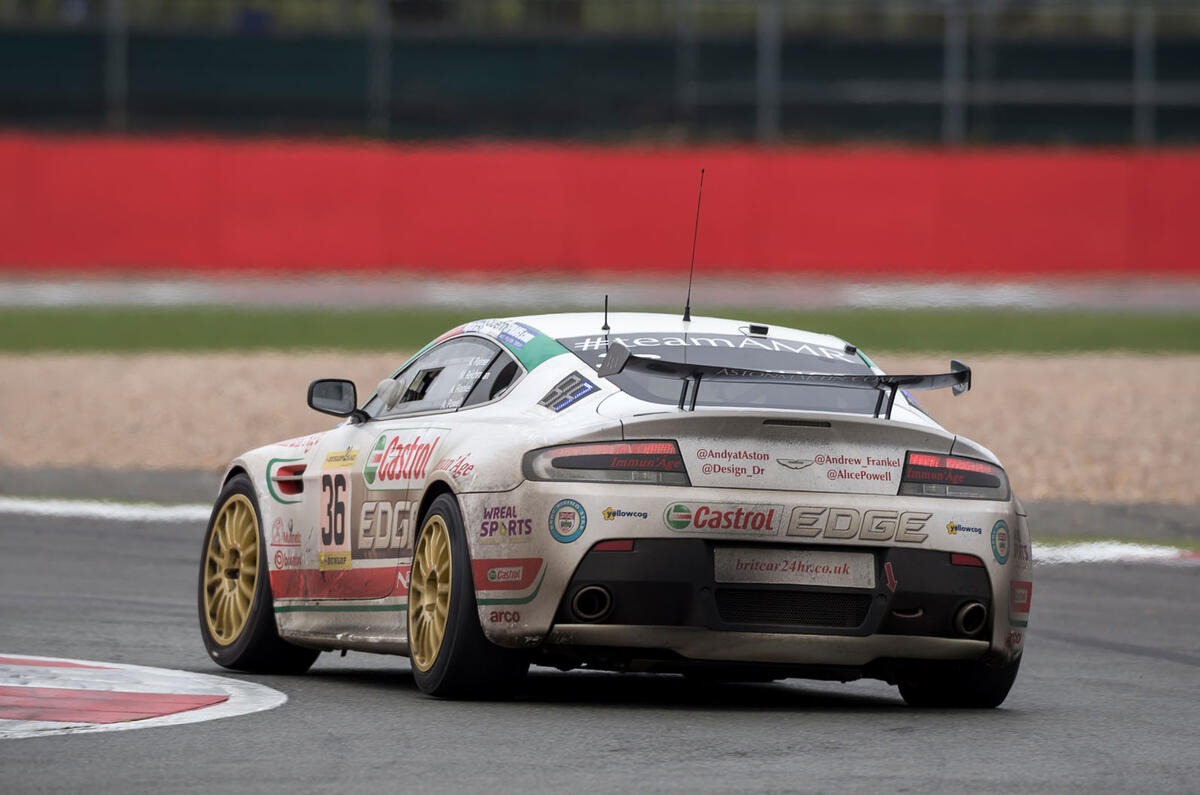
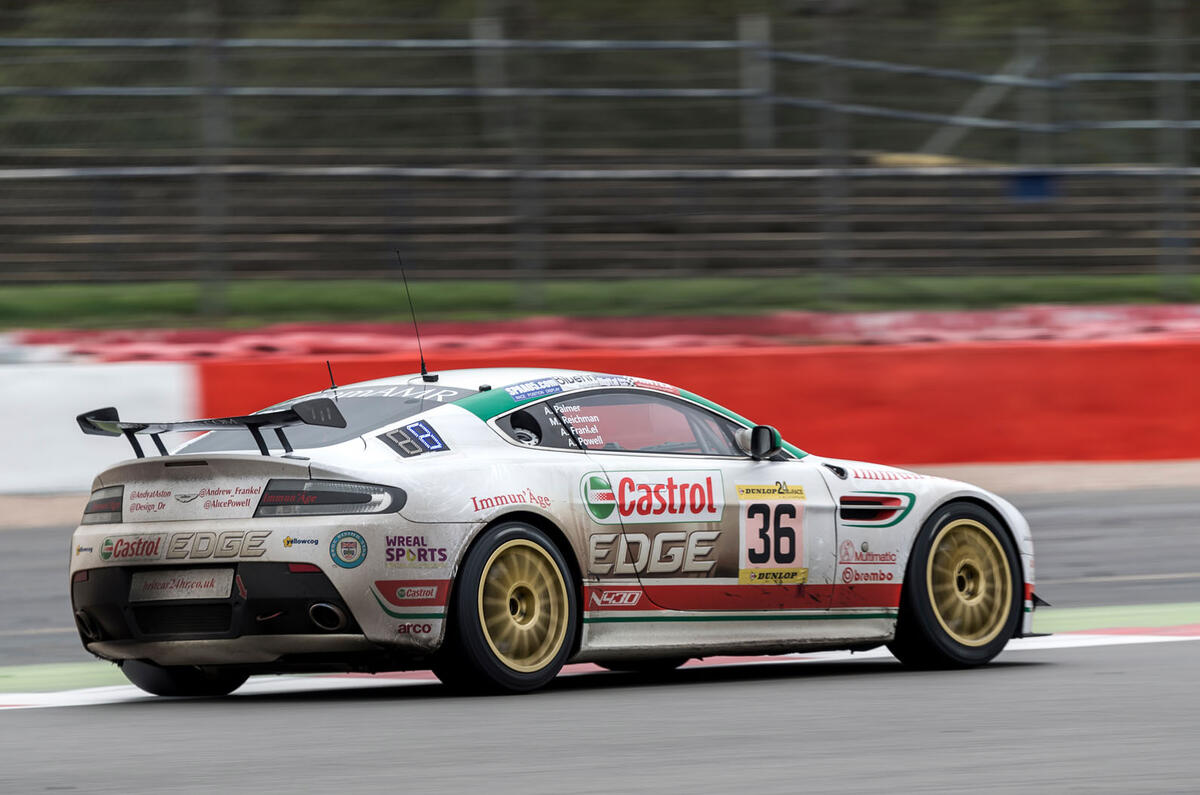
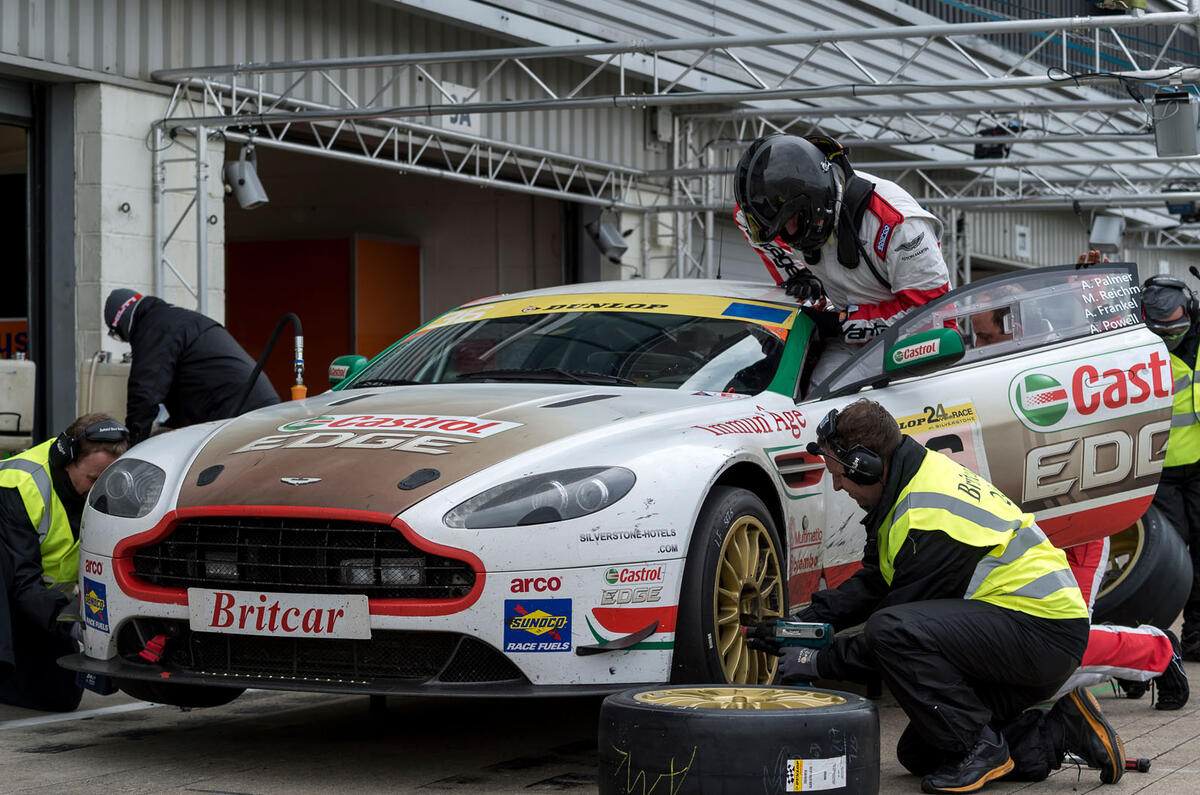
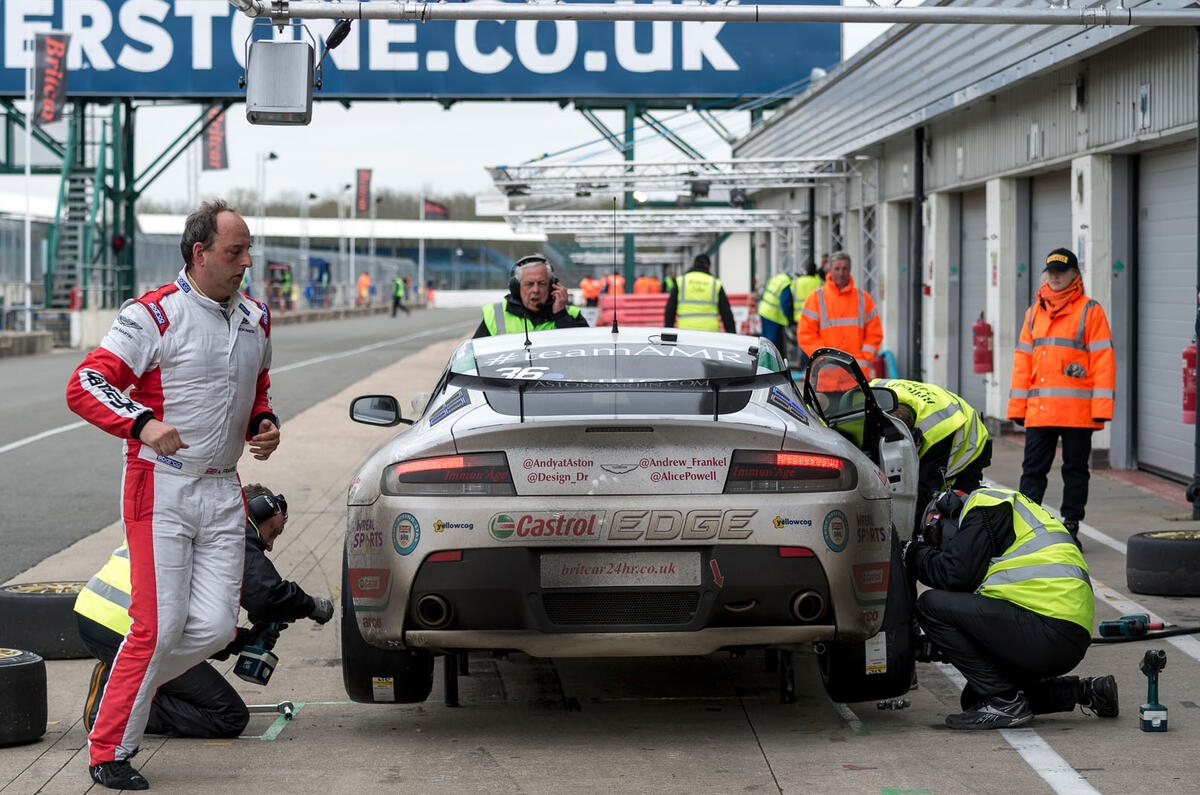
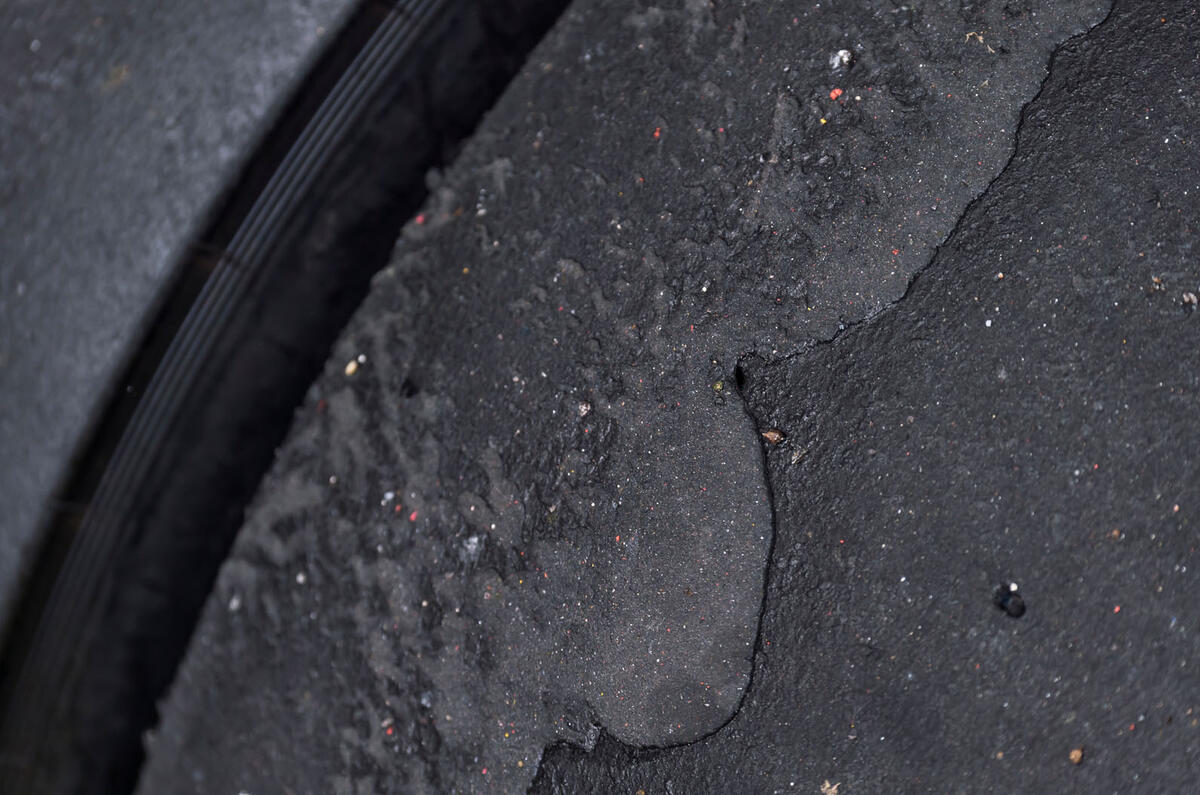
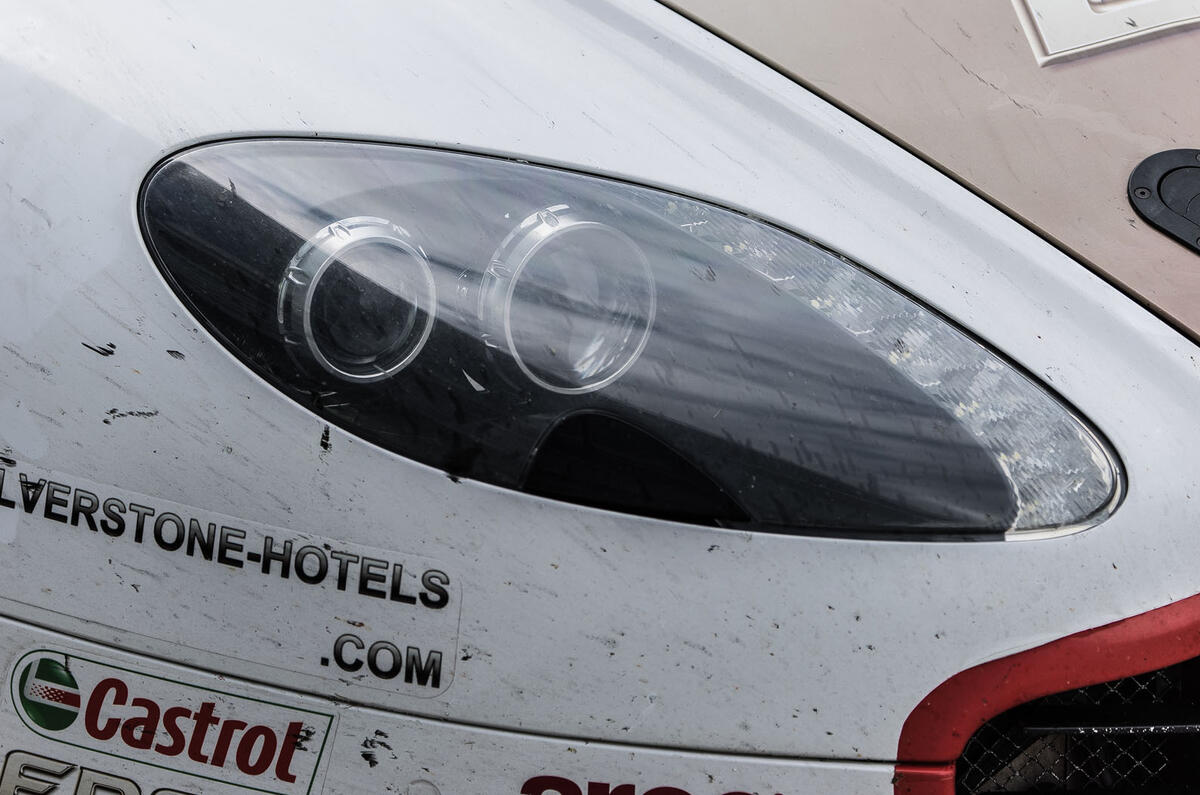
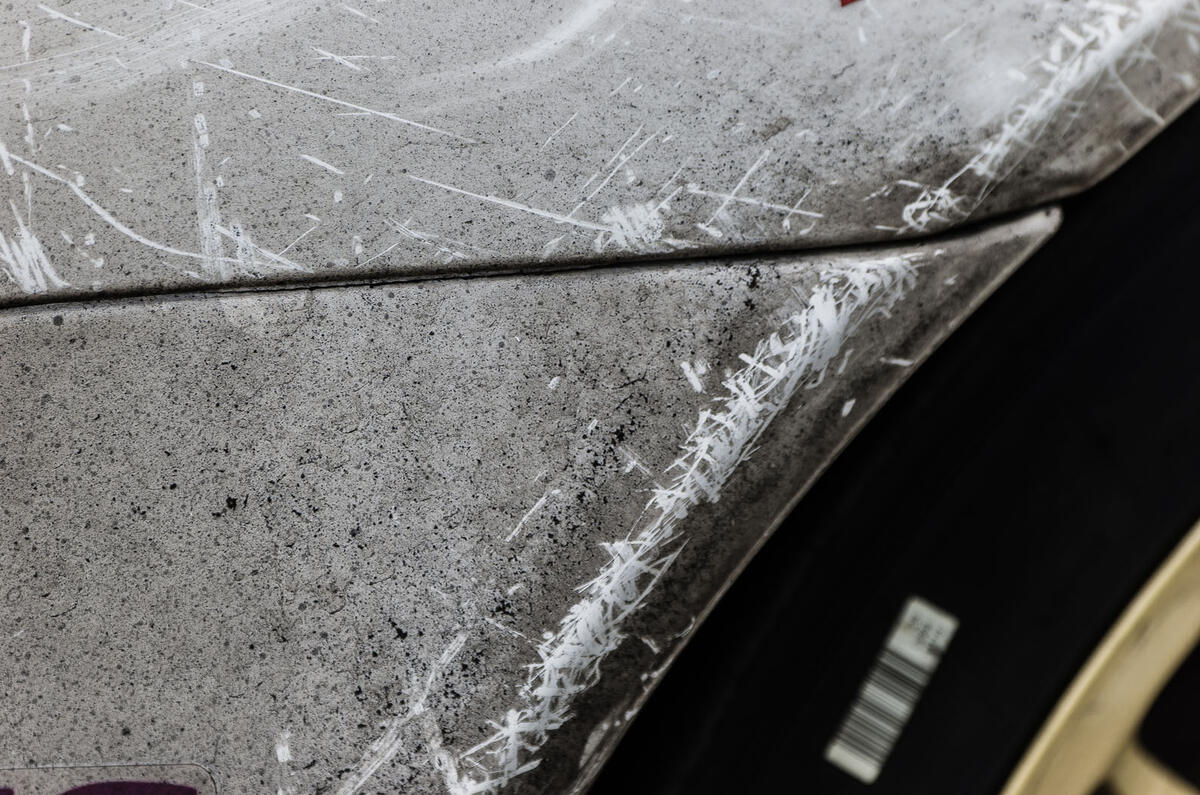
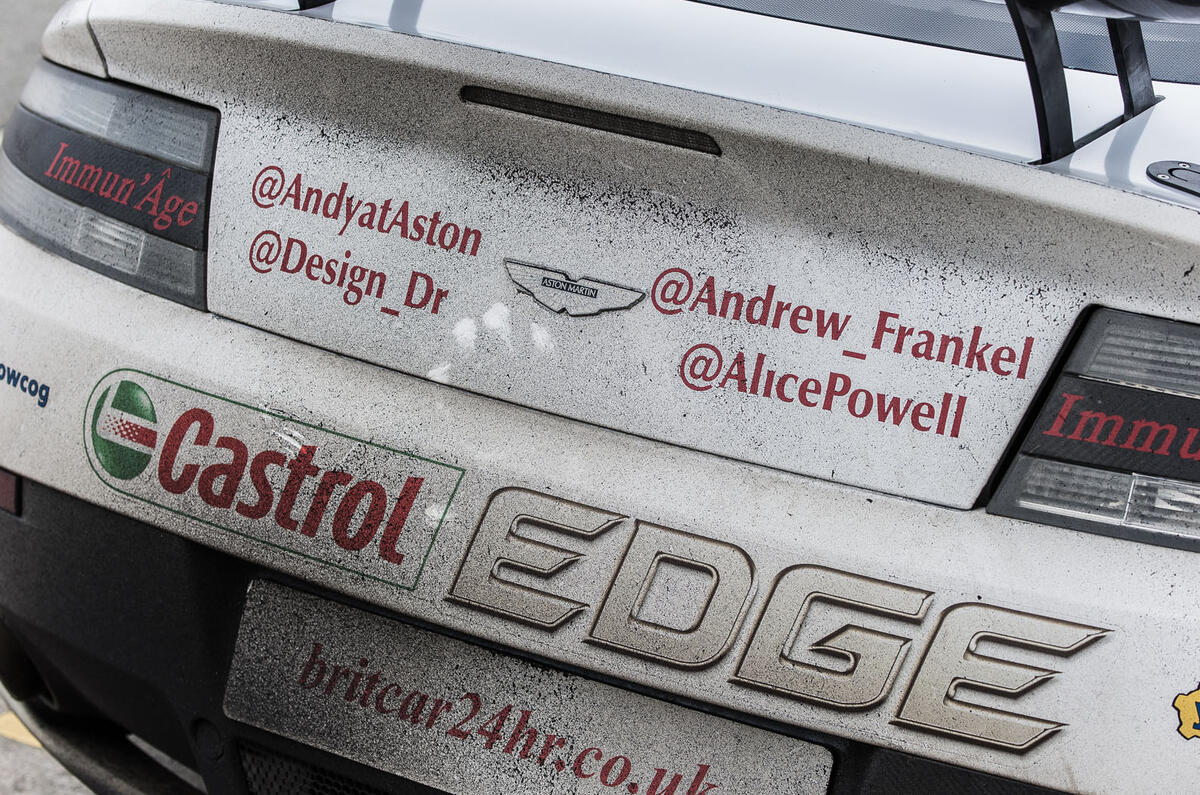

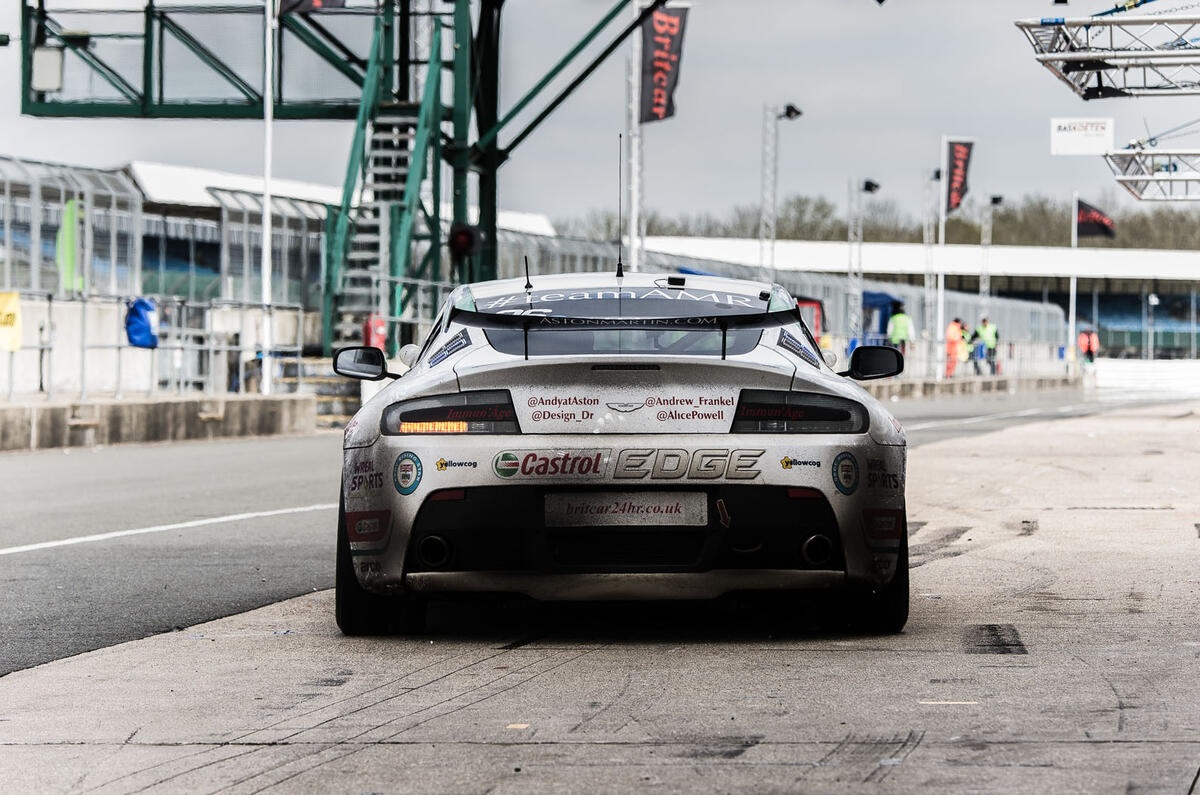
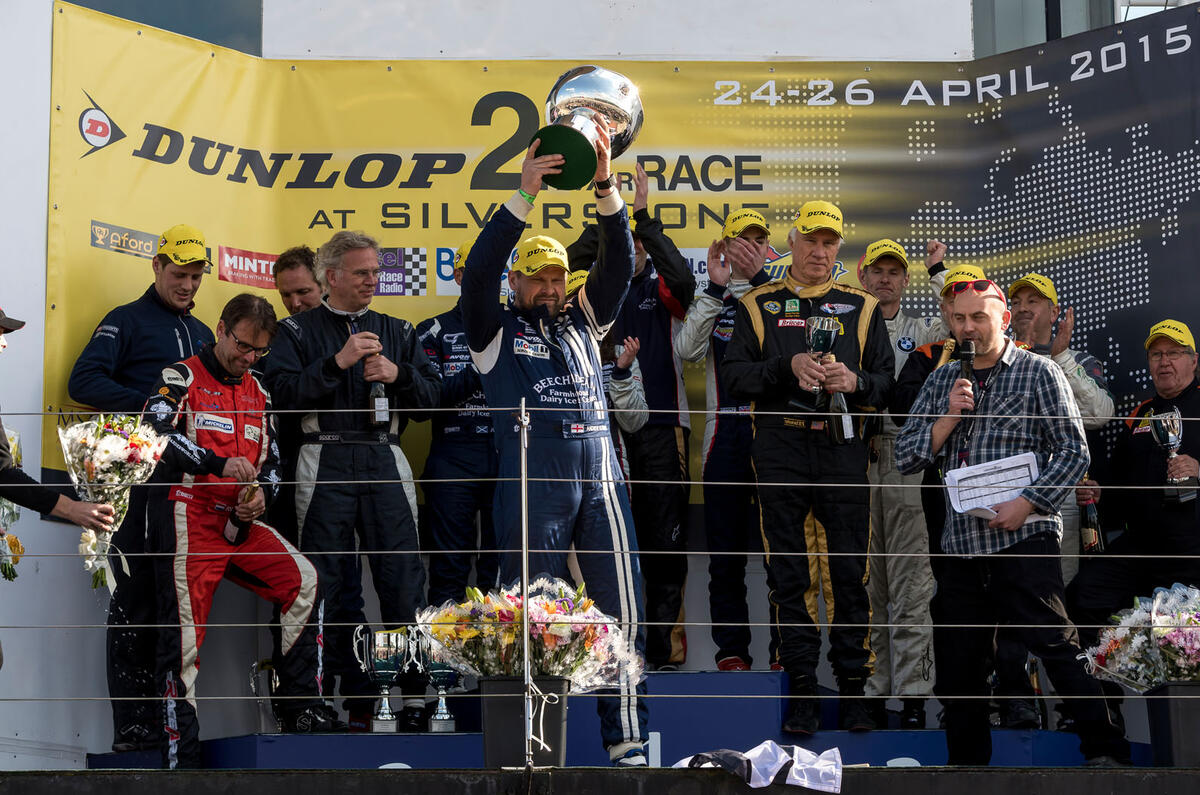
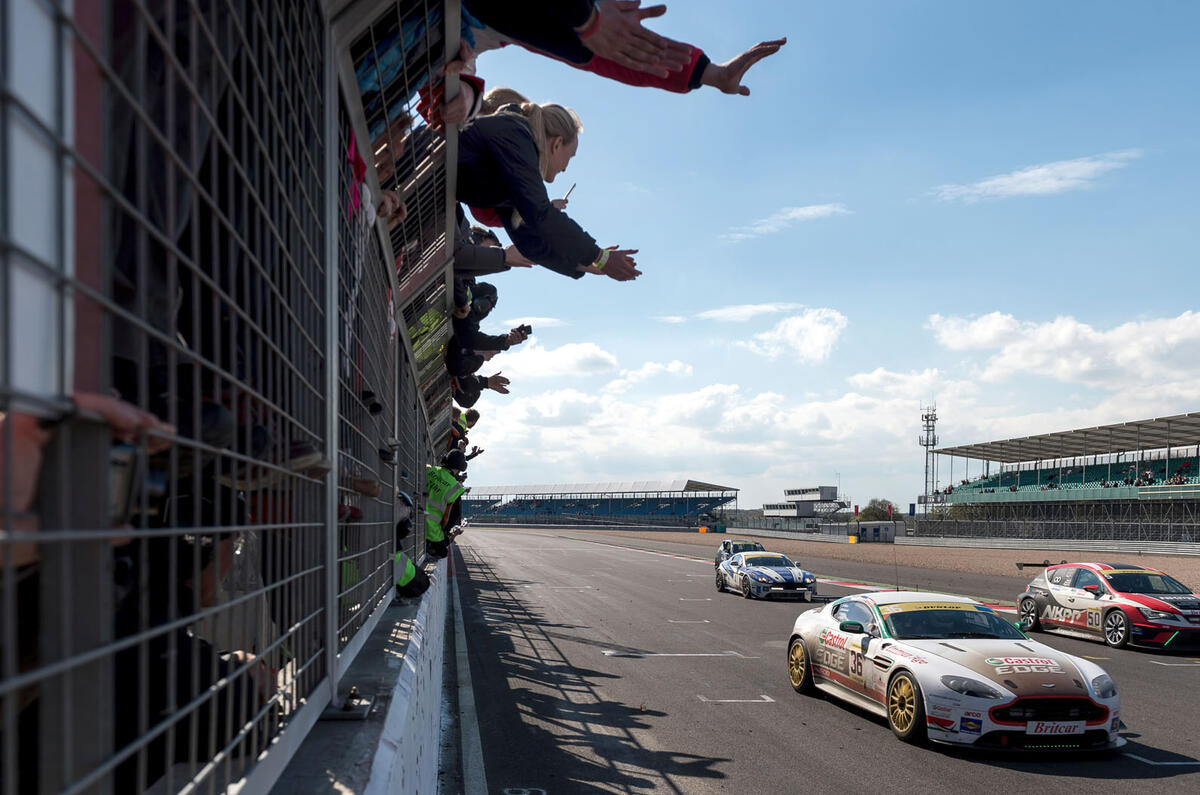

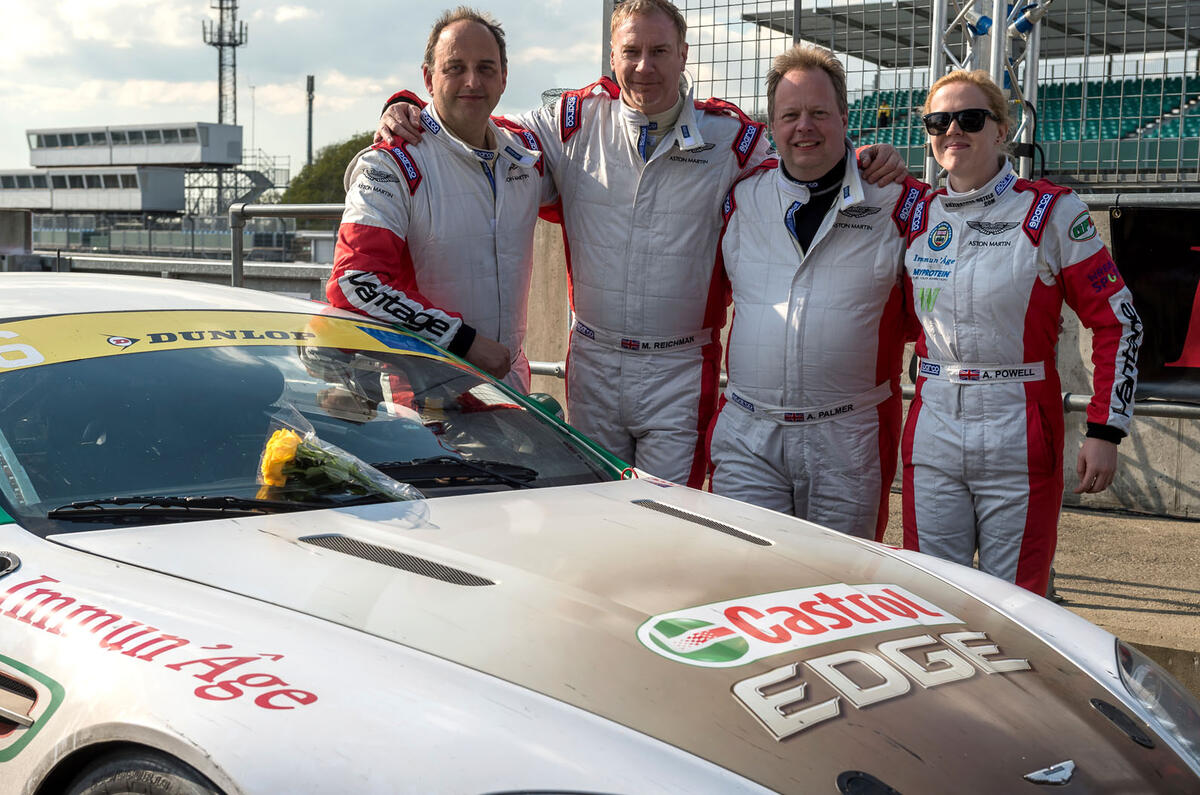
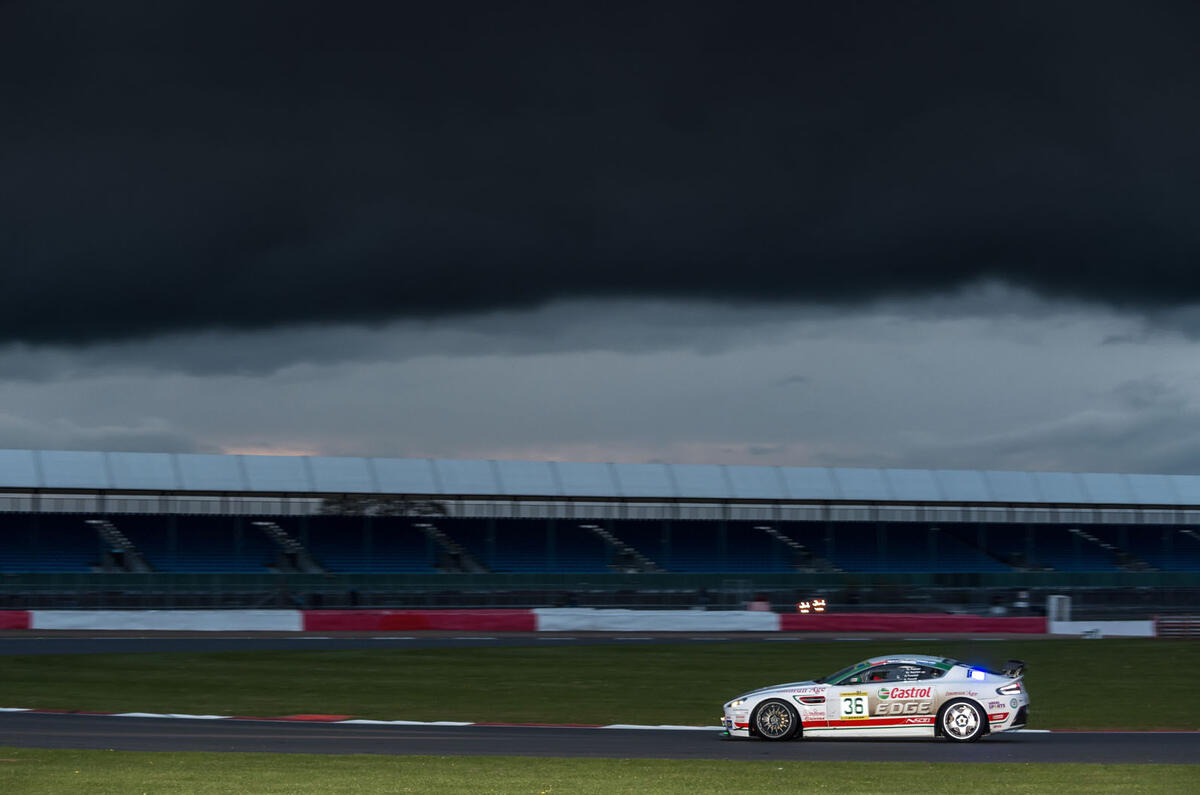






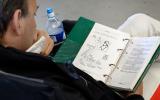

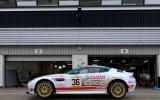
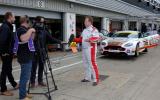



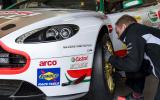
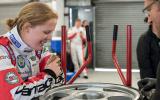










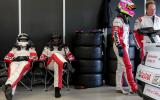





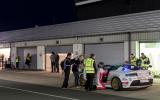


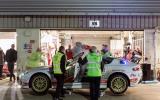

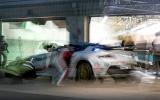
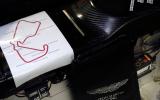


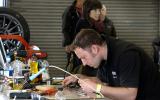

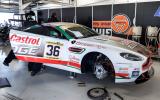
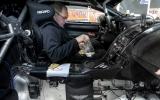
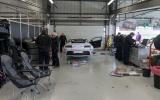
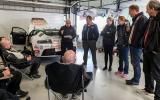









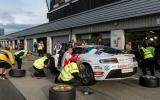
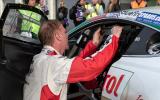



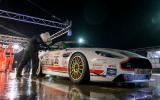





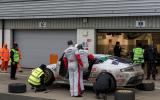



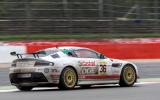










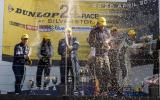




Join the debate
Add your comment
After the racing.................